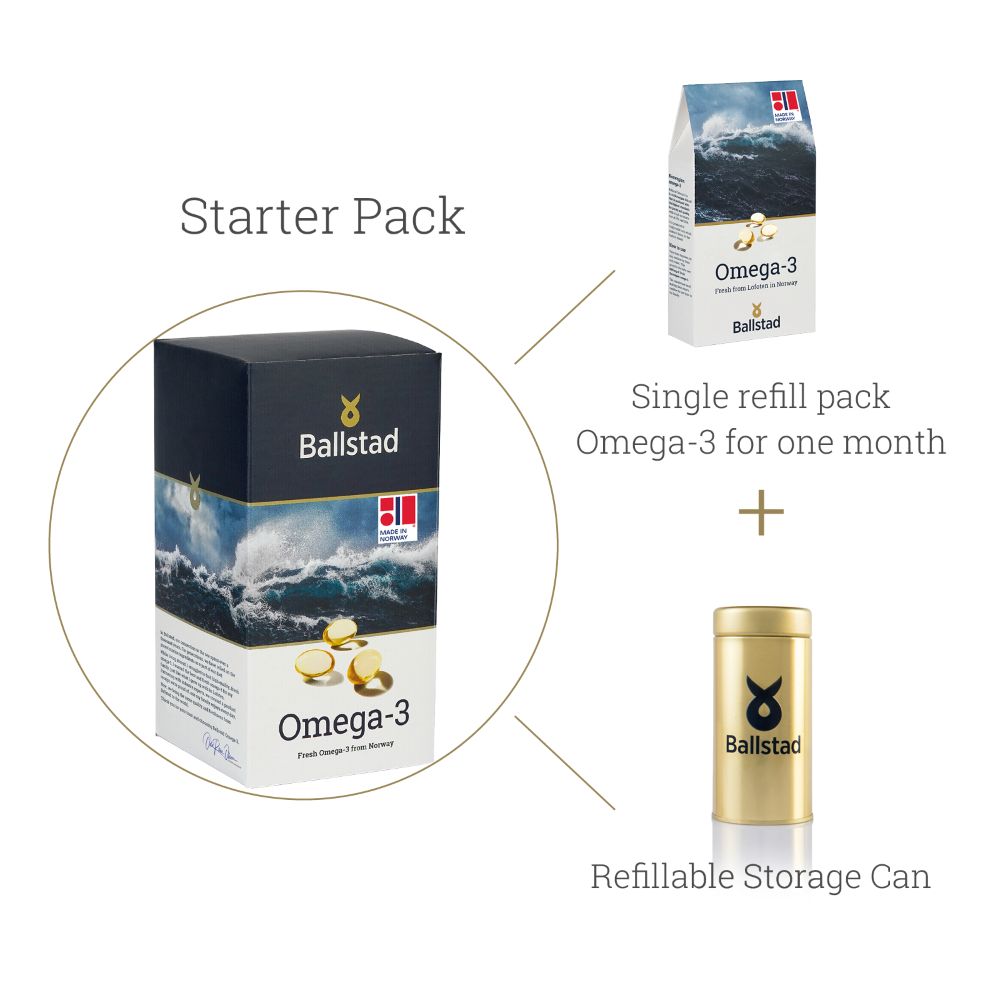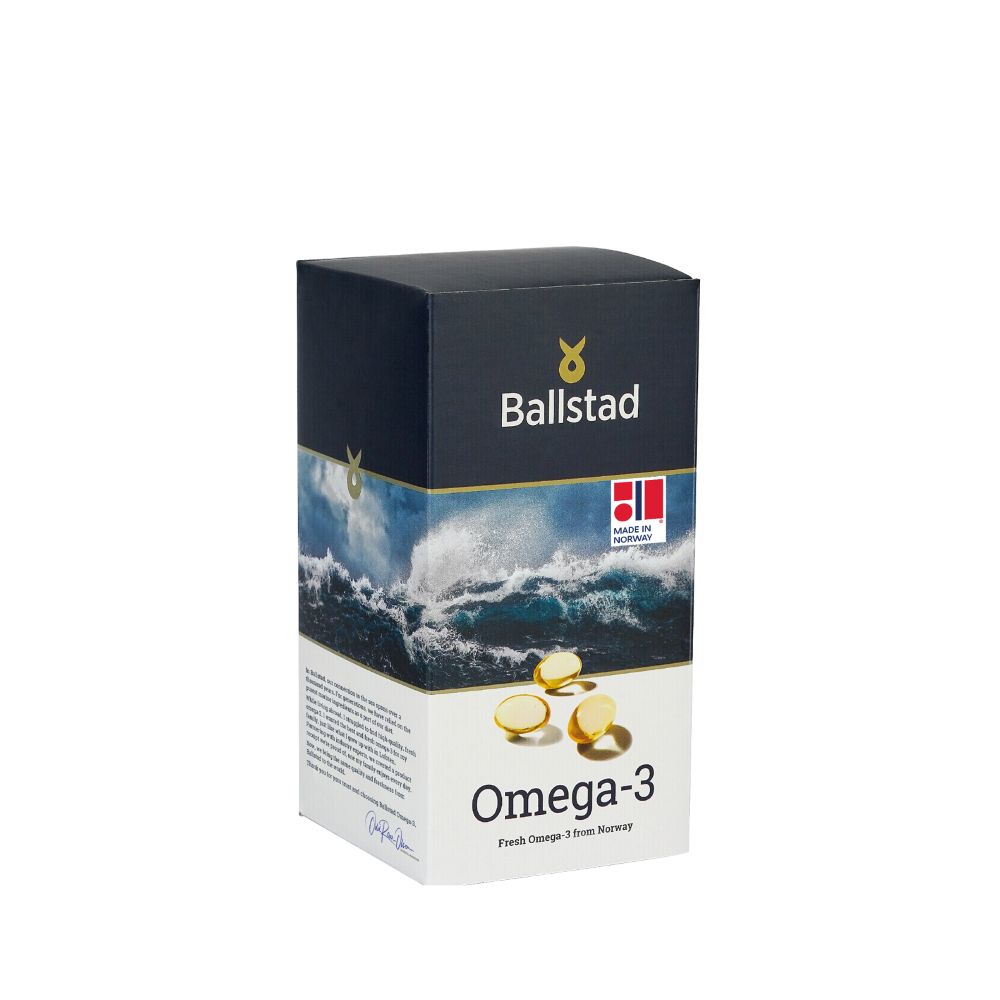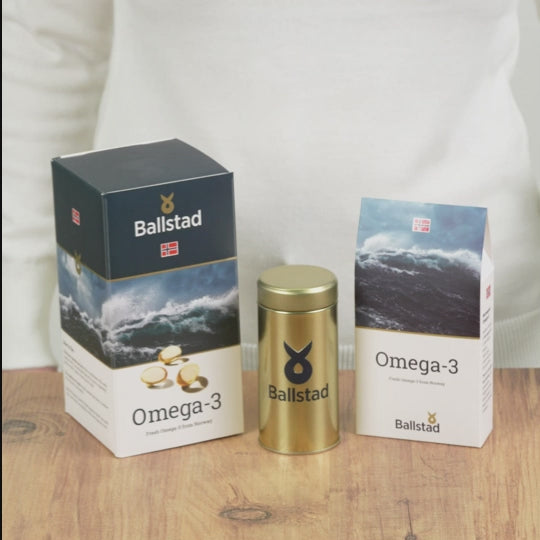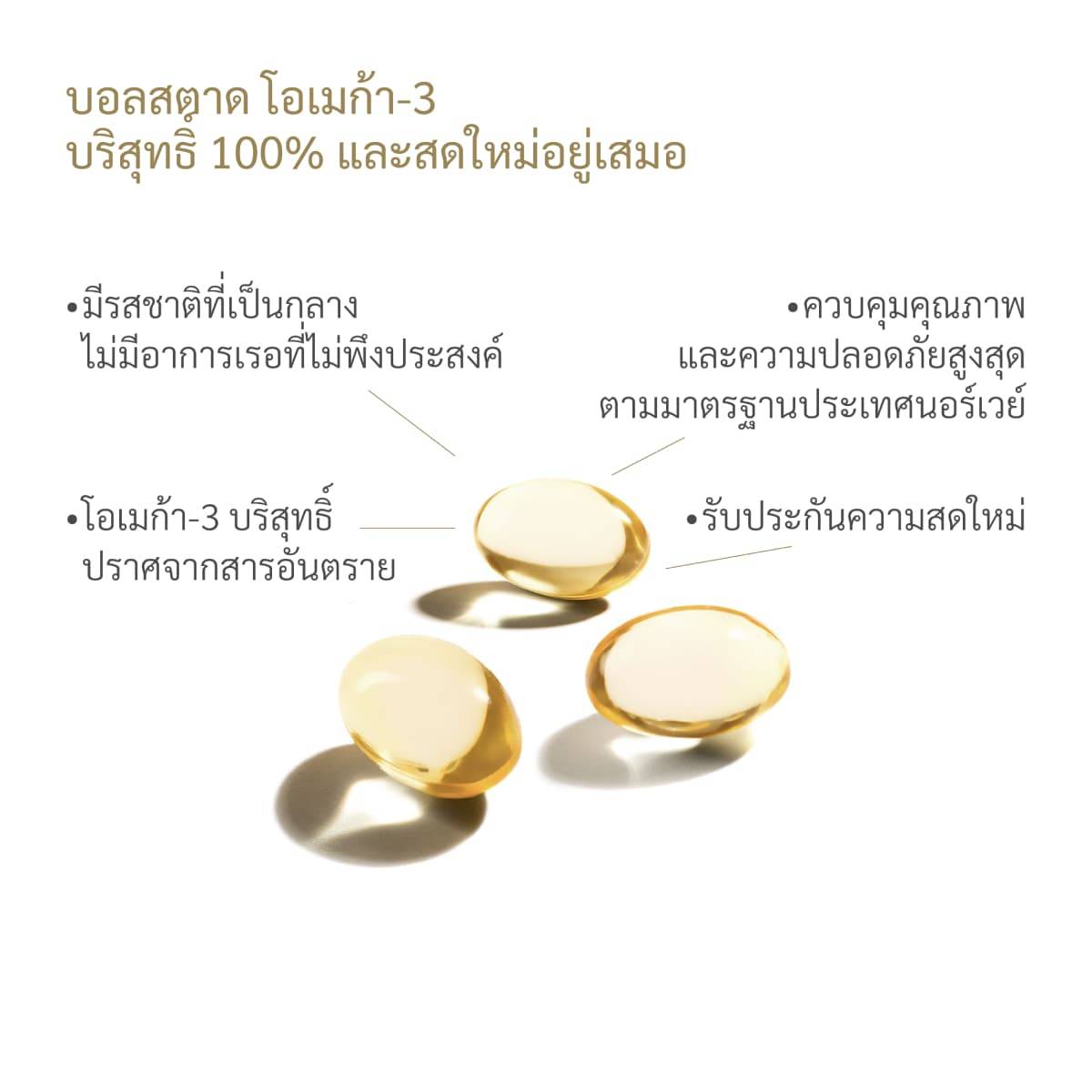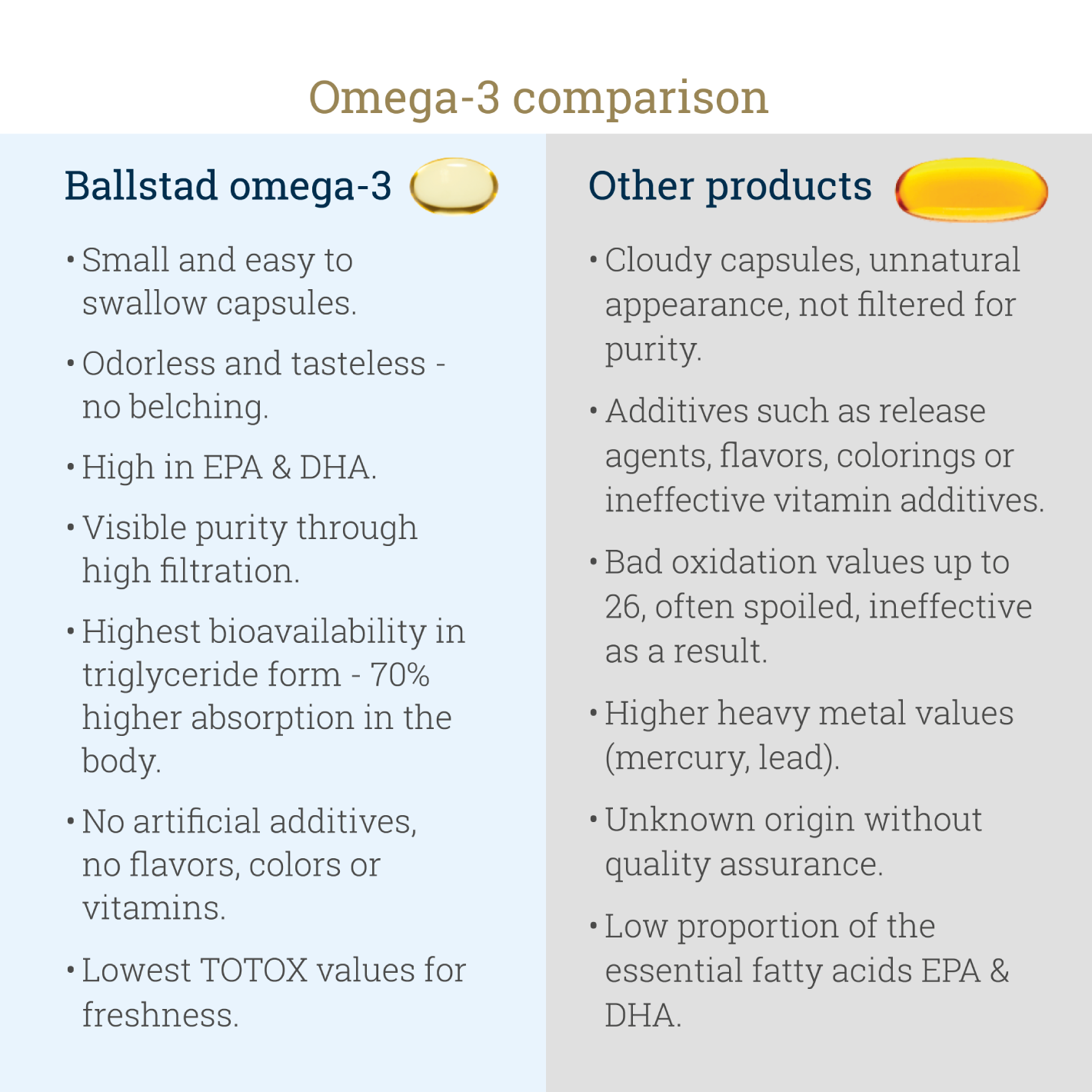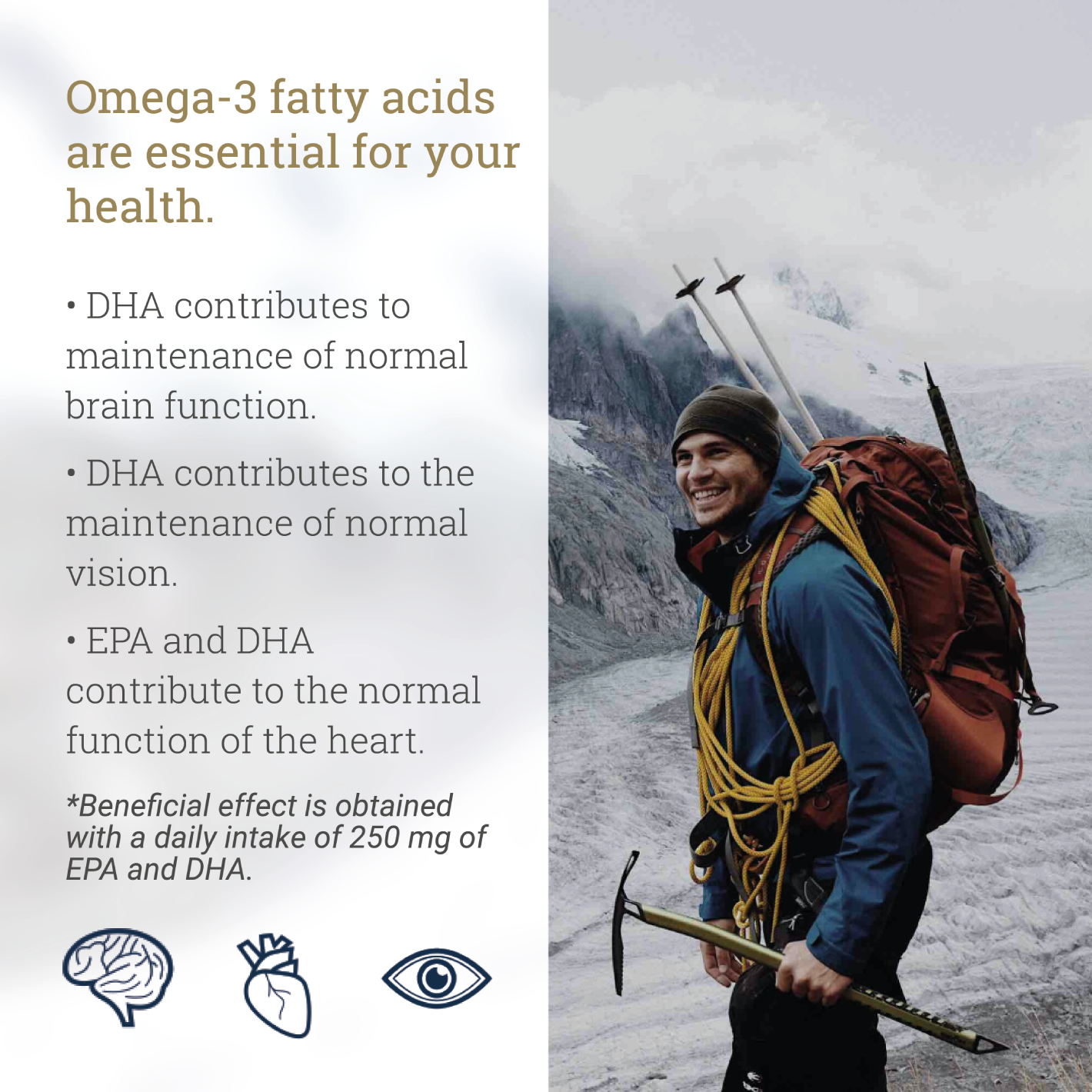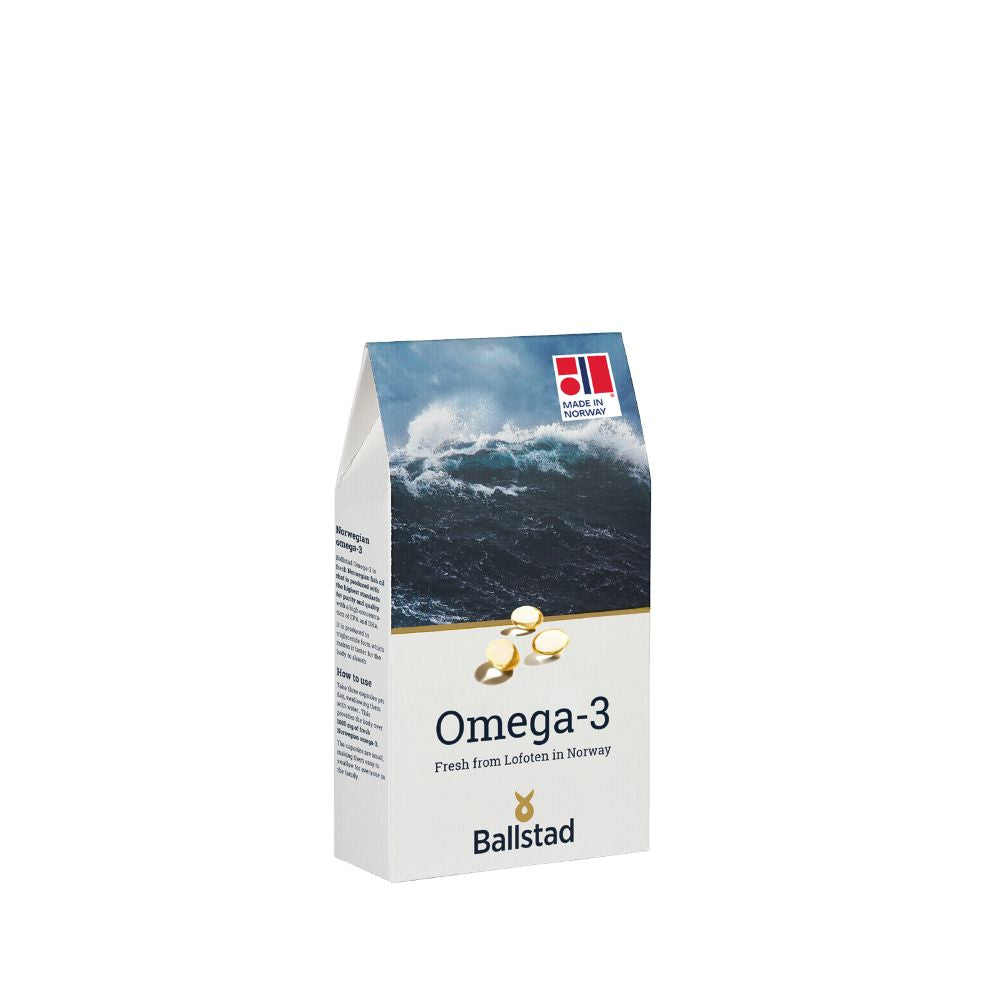What Are Omega-3 Fatty Acids
Omega-3 fatty acids are important fats that you must get from your diet.
However, most people don’t know what they are.
This article explains everything you need to know about omega-3 fatty acids, including their various types and how they work.
What are omega-3s?
Omega-3s are a family of essential fatty acids that play important roles in your body and may provide a number of health benefits (1, 2).
As your body cannot produce them on its own, you must get them from your diet.
The three most important types are ALA (alpha-linolenic acid), DHA (docosahexaenoic acid), and EPA (eicosapentaenoic acid). ALA is mainly found in plants, while DHA and EPA occur mostly in animal foods and algae.
Common foods that are high in omega-3 fatty acids include fatty fish, fish oils, flax seeds, chia seeds, flaxseed oil, and walnuts.
For people who do not eat much of these foods, an omega-3 supplement, such as fish oil or algal oil, is often recommended.
Omega-3 fatty acids are a family of important fats that you must obtain from your diet. The three main types are ALA, EPA, and DHA.
The 3 types of omega-3
There are three main types of omega-3 fatty acids — ALA, DHA, and EPA.
ALA (Alpha-linolenic acid)
ALA is the most common omega-3 fatty acid in your diet (3).
Your body mainly uses it for energy, but it can also be converted into the biologically active forms of omega-3, EPA and DHA.
However, this conversion process is inefficient. Only a small percentage of ALA is converted into the active forms (4, 5, 6).
ALA is found in foods like flax seeds, flaxseed oil, canola oil, chia seeds, walnuts, hemp seeds, and soybeans.
EPA (Eicosapentaenoic acid)
EPA is mostly found in animal products, such as fatty fish and fish oil. However, some microalgae also contain EPA.
It has several functions in your body. Part of it can be converted into DHA.
DHA (Docosahexaenoic acid)
DHA is the most important omega-3 fatty acid in your body.
It’s a key structural component of your brain, the retina of your eyes, and numerous other body parts (7).
Like EPA, it occurs mainly in animal products like fatty fish and fish oil. Meat, eggs, and dairy from grass-fed animals also tend to contain significant amounts.
Vegetarians and vegans often lack DHA and should take microalgae supplements to make sure they get enough of this omega-3 (8, 9).
The three main omega-3 fatty acids in your diet are ALA, EPA, and DHA. While the latter two are primarily found in animal foods, ALA occurs in many plant foods.
The omega-6 to omega-3 ratio
Omega-6 fatty acids also have important roles in your body similar to those of omega-3s.
Both are used to produce signaling molecules called eicosanoids, which have various roles related to inflammation and blood clotting (10).
Yet, omega-3s are anti-inflammatory, and scientists hypothesize that eating too much omega-6 counteracts these beneficial effects.
In the Western diet, omega-6 intake is very high compared to that of omega-3s, so the ratio is currently skewed far towards the omega-6 side (11).
Maintaining a balance between these two fats — often termed the omega-6 to omega-3 ratio — may be important for optimal health.
Although insufficient evidence exists to show that omega-6 is harmful, most health professionals agree that getting enough omega-3 is important for health (12).
Omega-3 and -6 fats are used to produce important signaling molecules called eicosanoids. Balancing your intake of these fatty acids is considered important for optimal health.
What omega-3 fatty acids do
Omega-3 fatty acids, particularly DHA, are vital for your brain and retinas (7).
It is particularly important for pregnant and breastfeeding women to get enough DHA, as it can affect the health and intelligence of the baby (13).
Additionally, sufficient omega-3 intake can have powerful health benefits for adults. This is especially true of the longer-chain forms, EPA and DHA.
Although evidence is mixed, studies indicate that omega-3 fatty acids can protect against all sorts of illnesses, including breast cancer, depression, ADHD, and various inflammatory diseases (14, 15, 16, 17).
If you don’t eat fish or other food sources of omega-3s, consider taking supplements. These are both cheap and effective.
Omega-3 fatty acids play several important roles in your body. They have anti-inflammatory effects and are an essential component of your brain and eyes.
What form of omega-3 in supplements is best?
Triglycerides
Ethyl Esters
Phospholipid
Is Natural Better?
Highly concentrated triglyceride omega-3 supplements are also processed to concentrate the omega-3s and remove impurities. Using a similar process as above, once the manufacturer gets to the purified and concentrated omega-3 ethyl esters, they then can take on more step of adding more omega-3s back in.
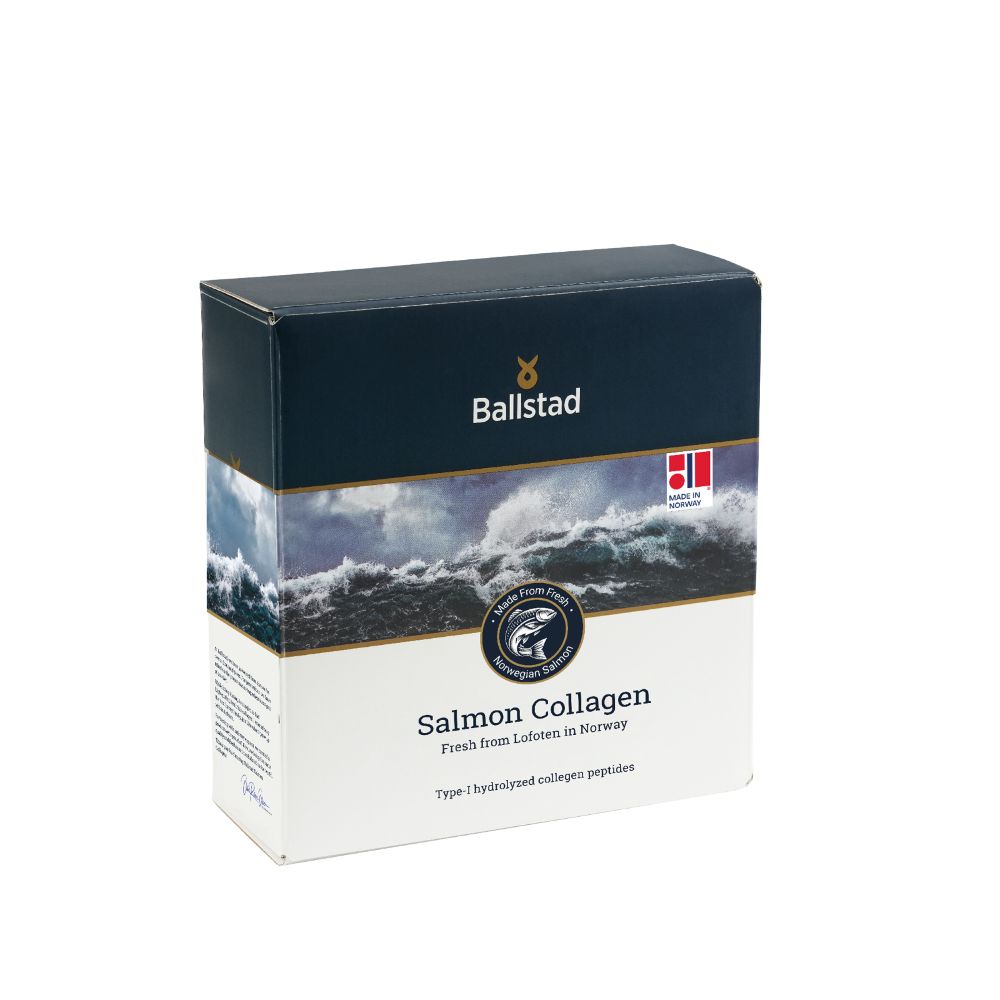
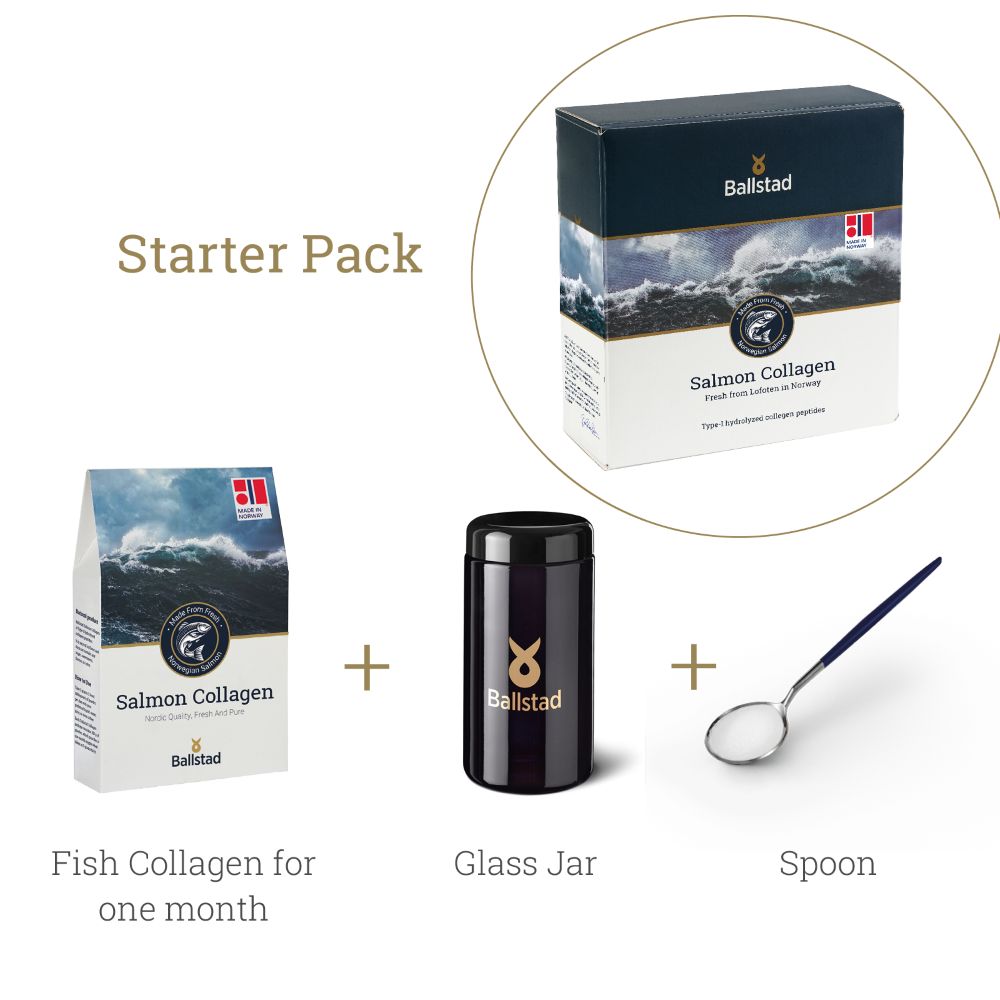
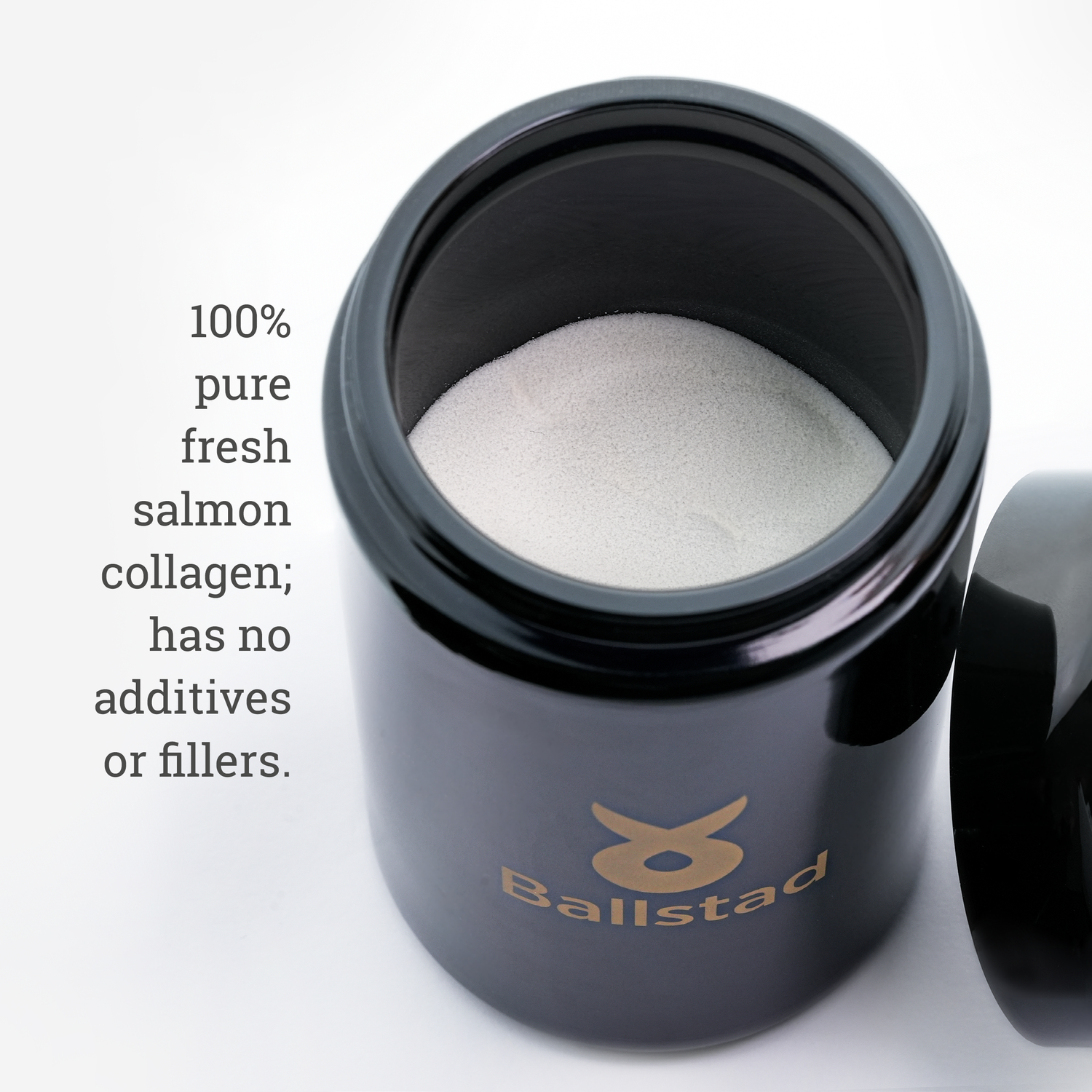
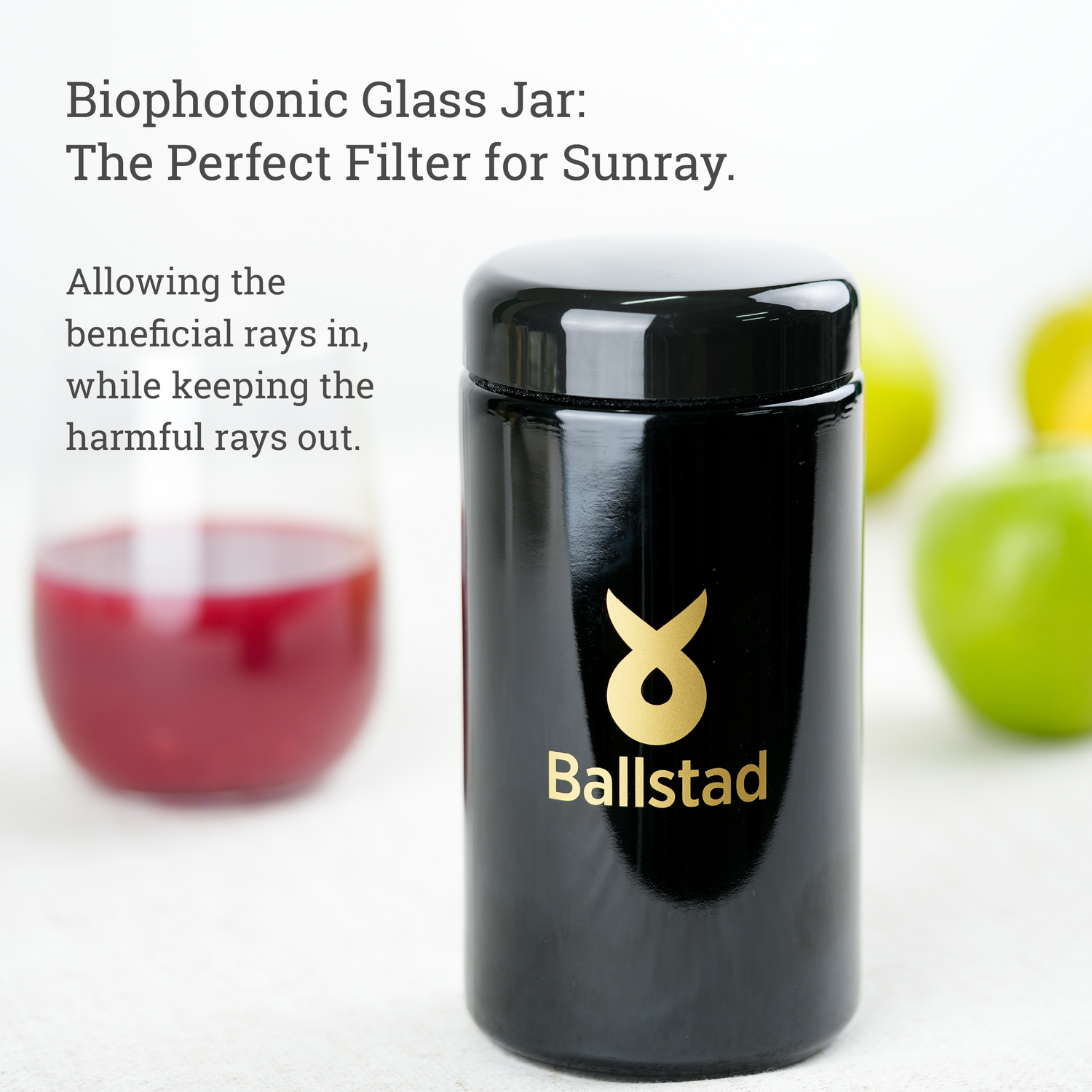
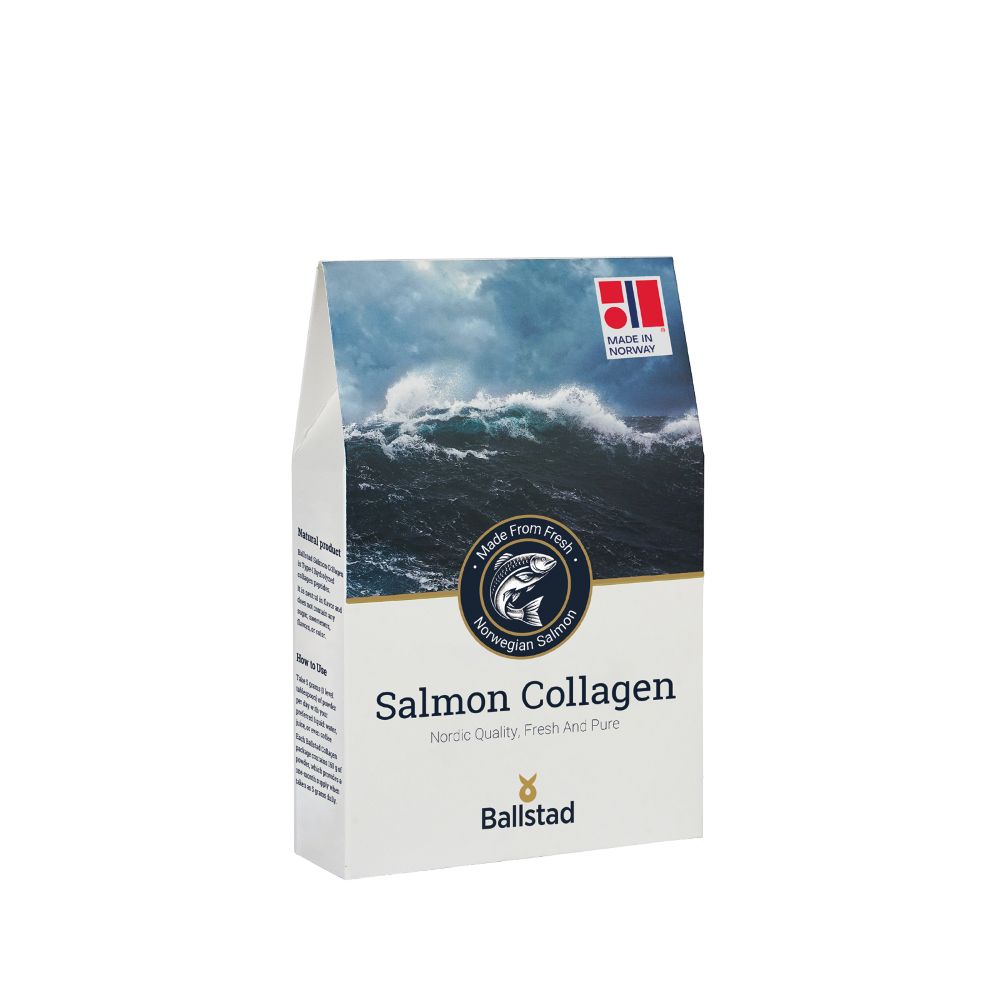

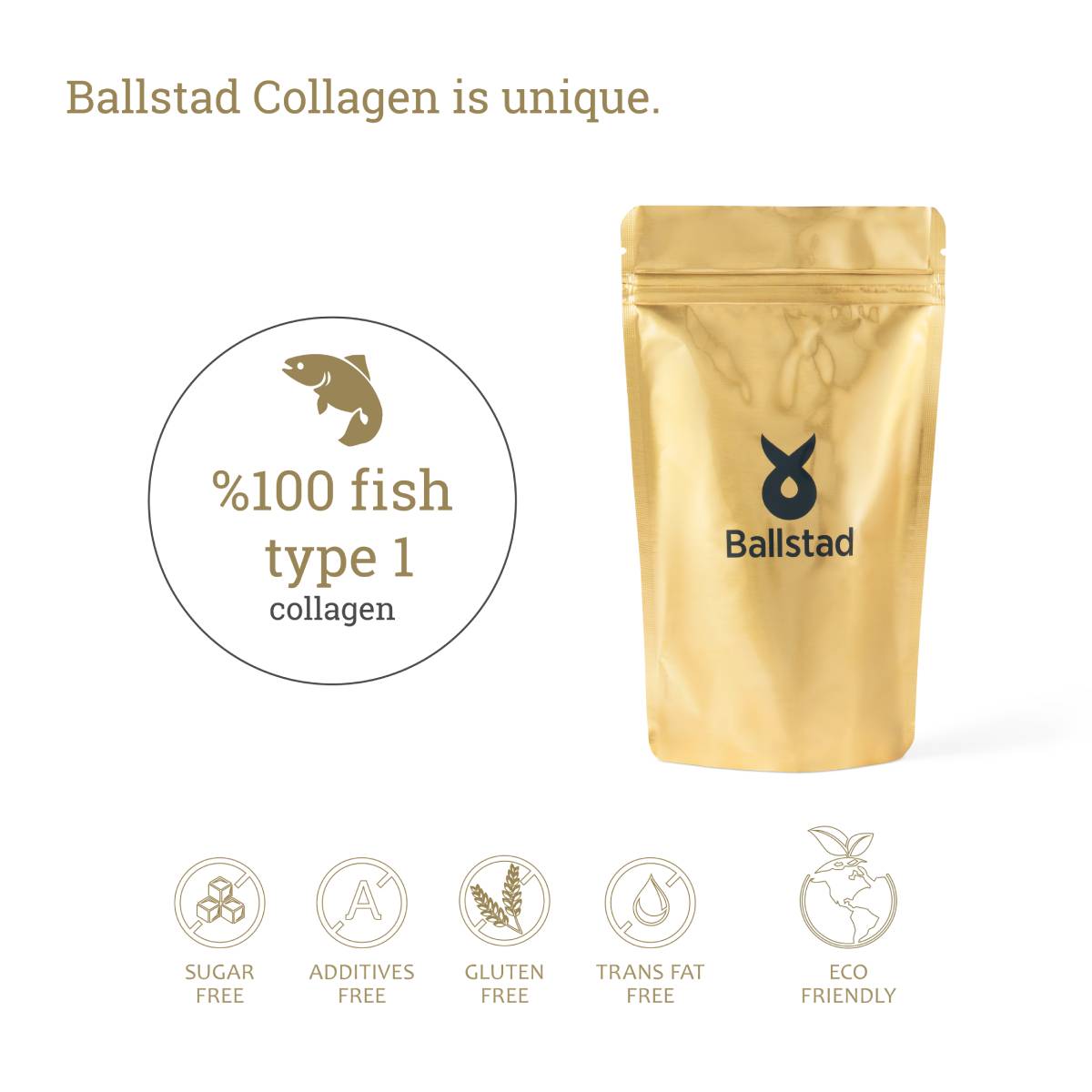

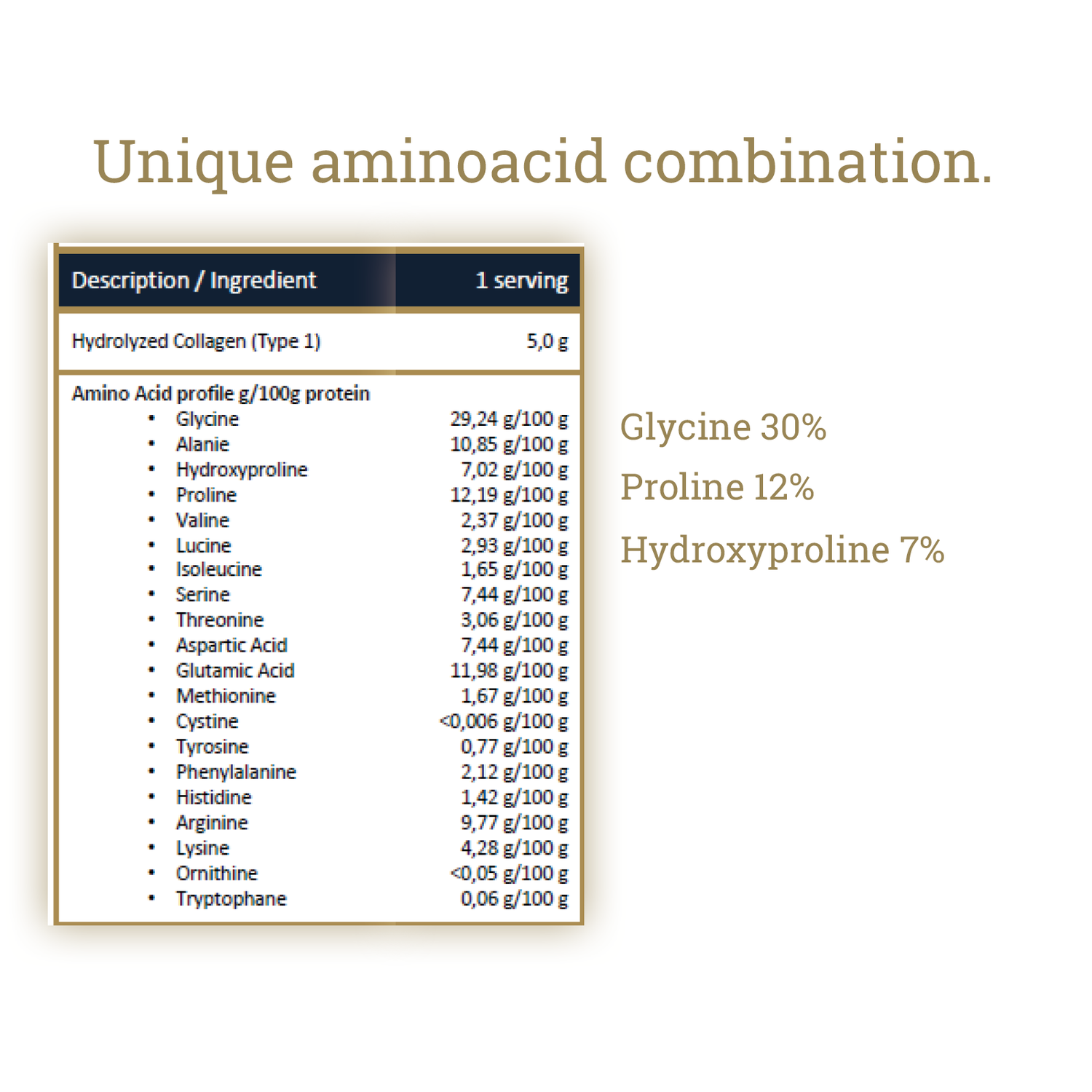

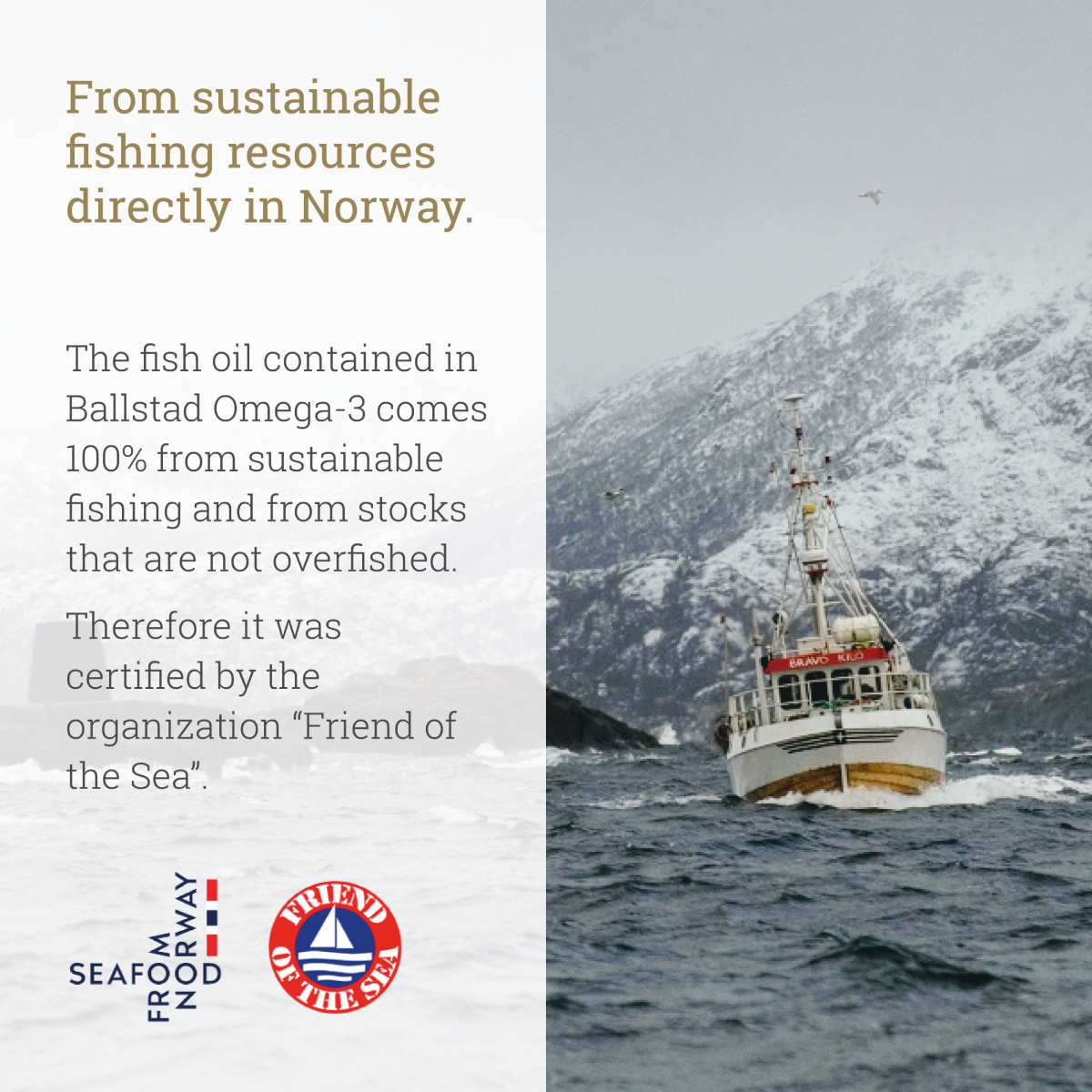

Pure Norwegian Salmon Collagen
- Regular price
-
3,399.00 ฿ - Regular price
-
- Sale price
-
3,399.00 ฿
Share with your friends
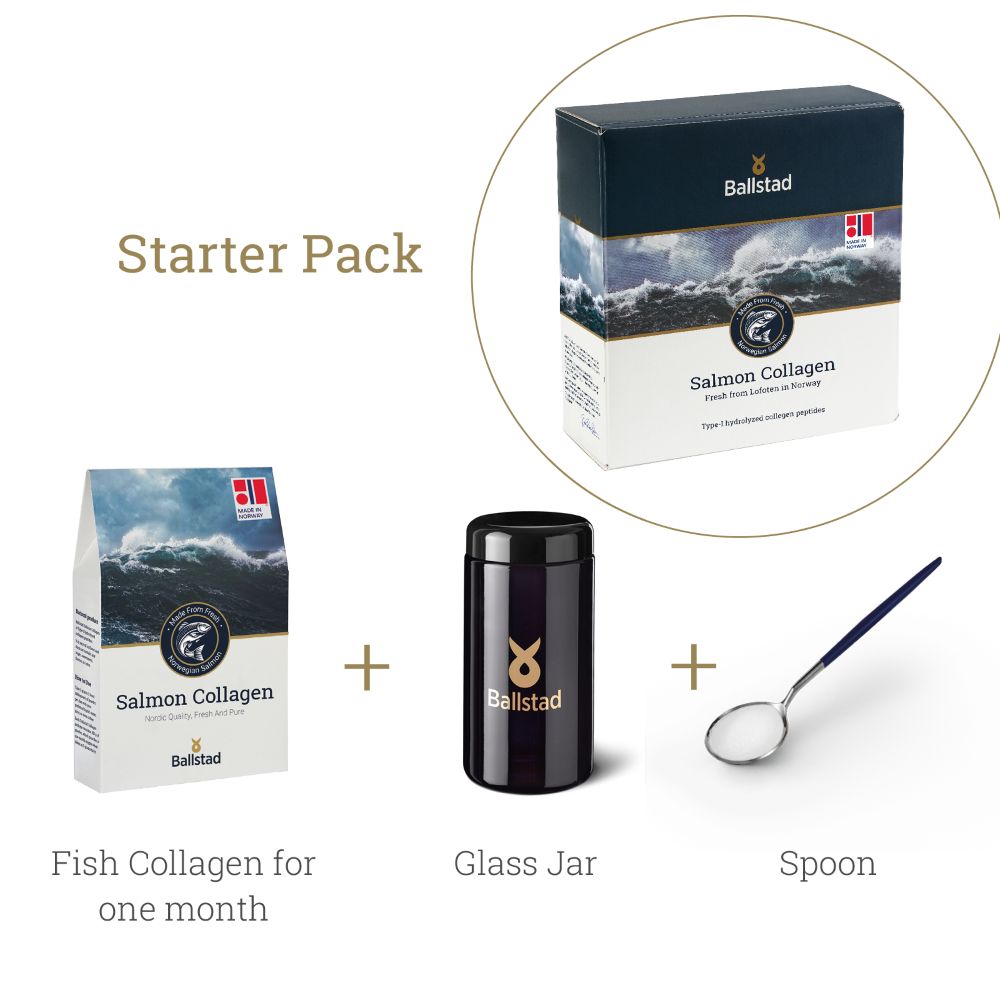
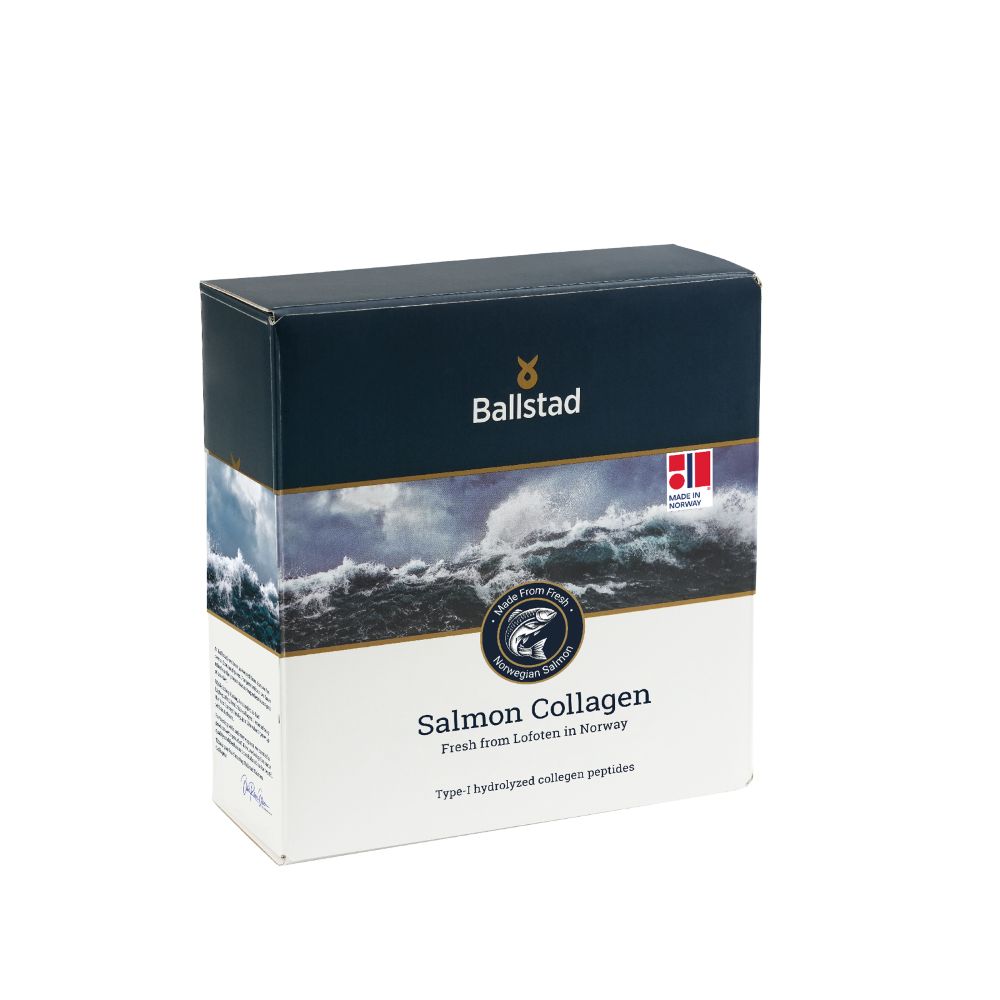
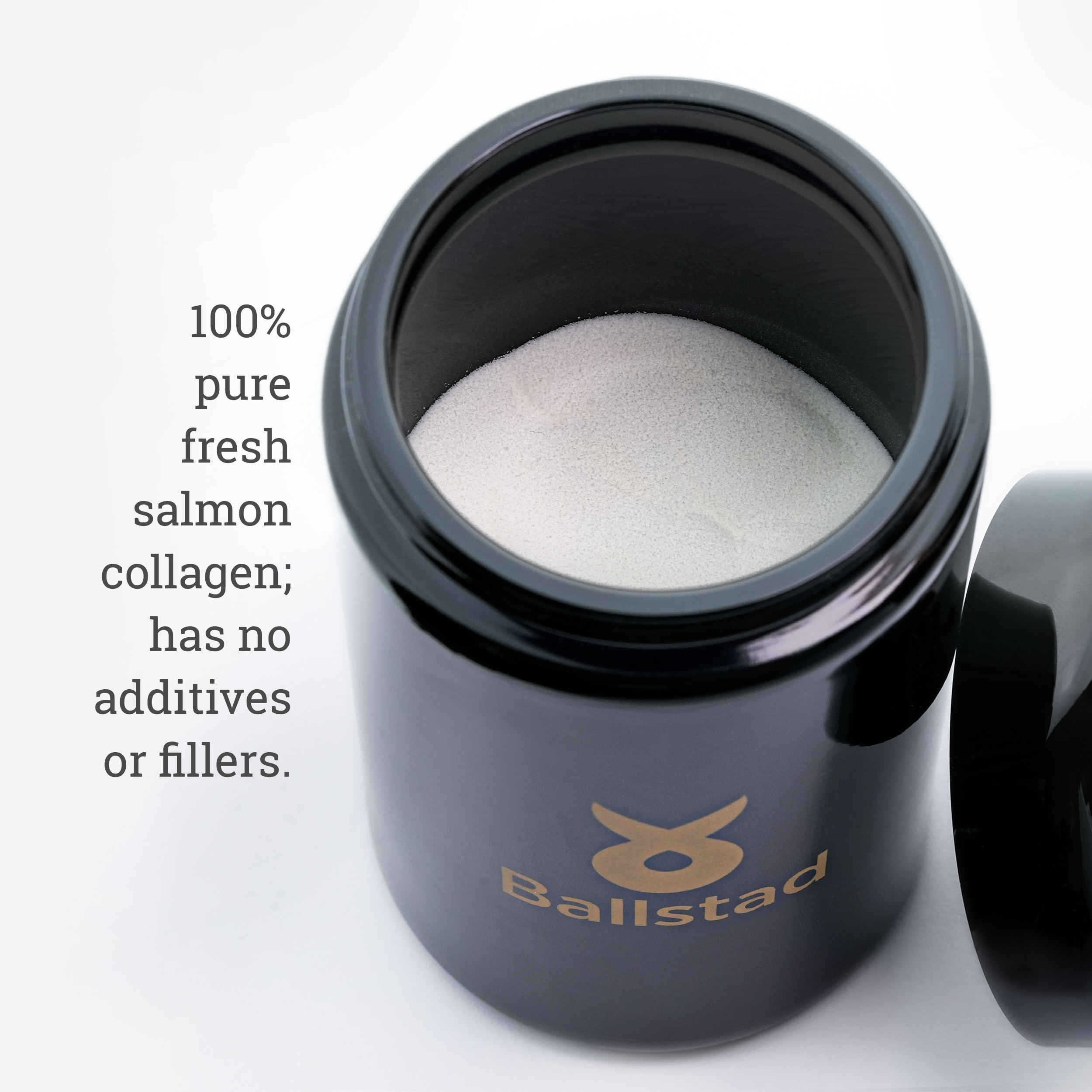
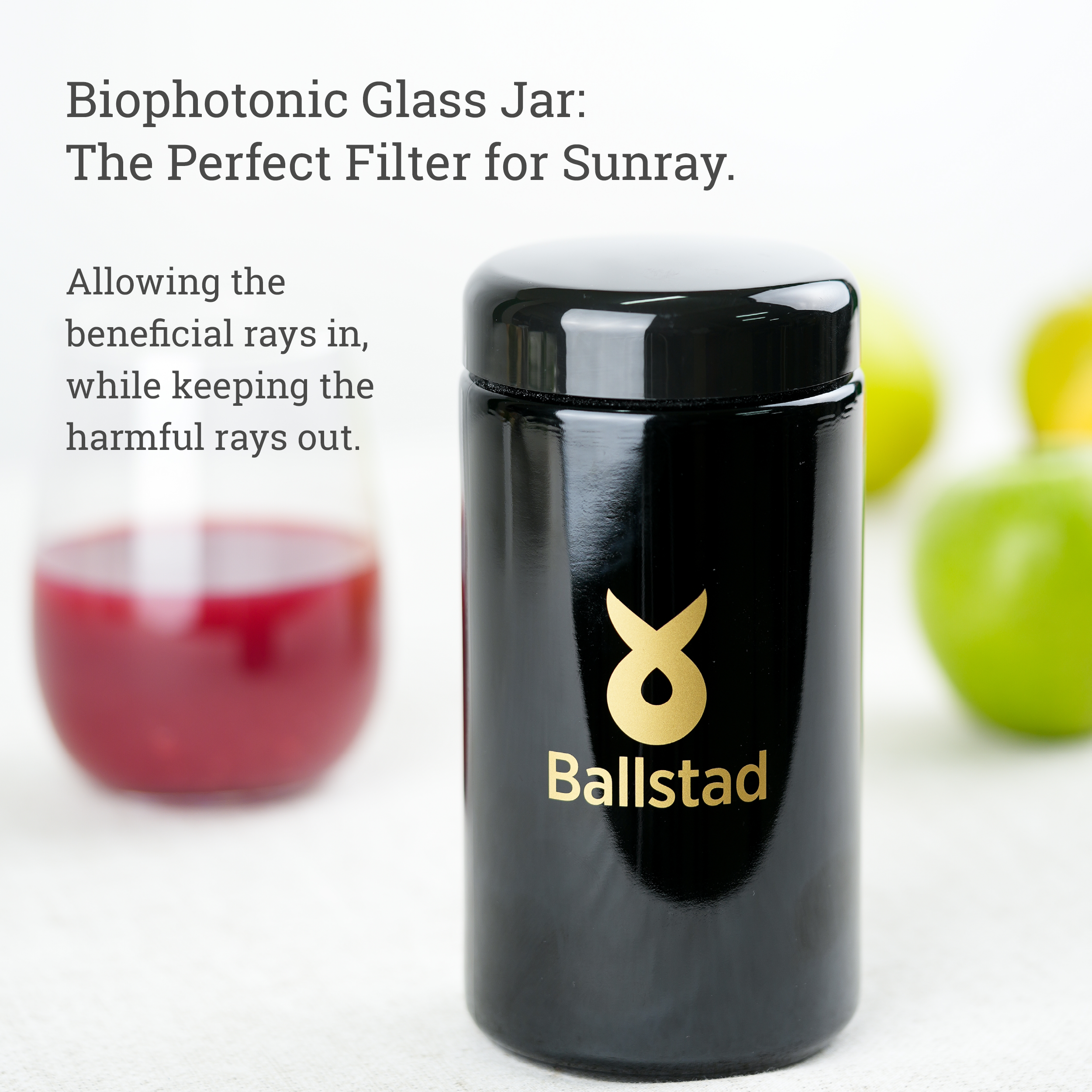
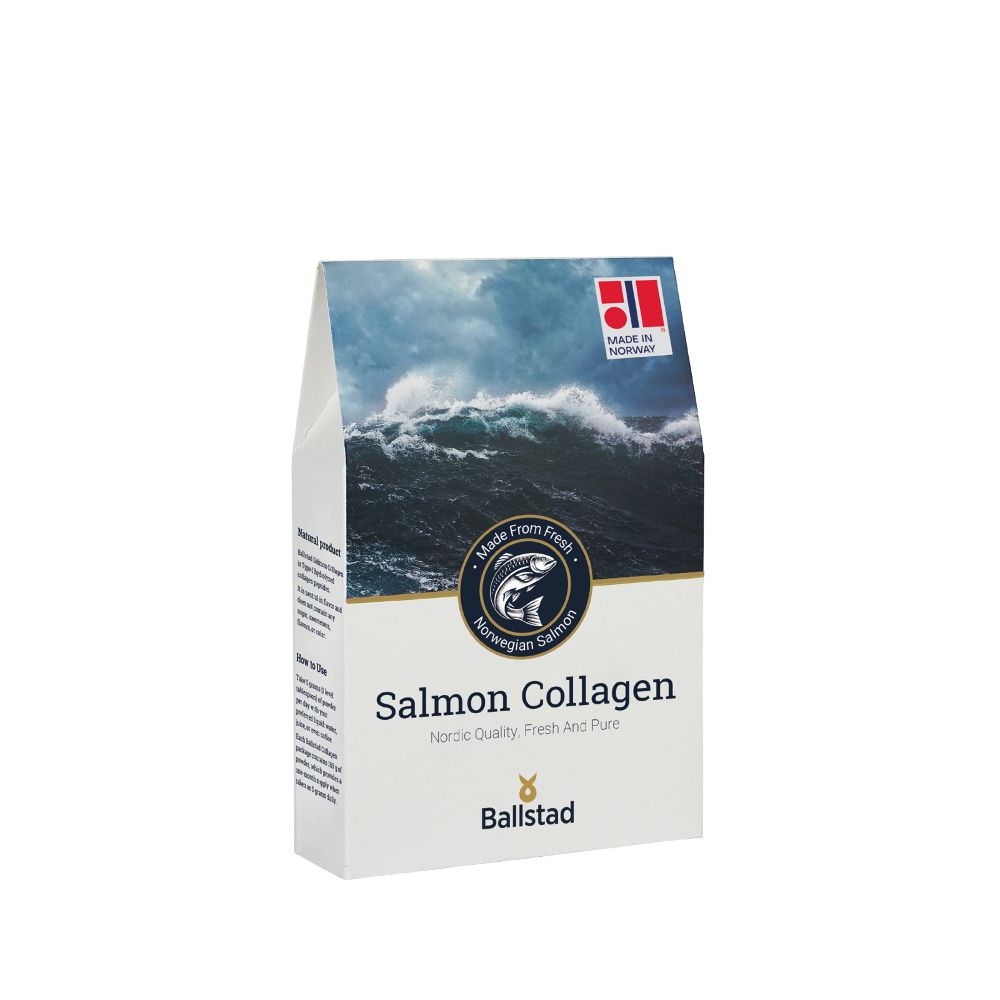



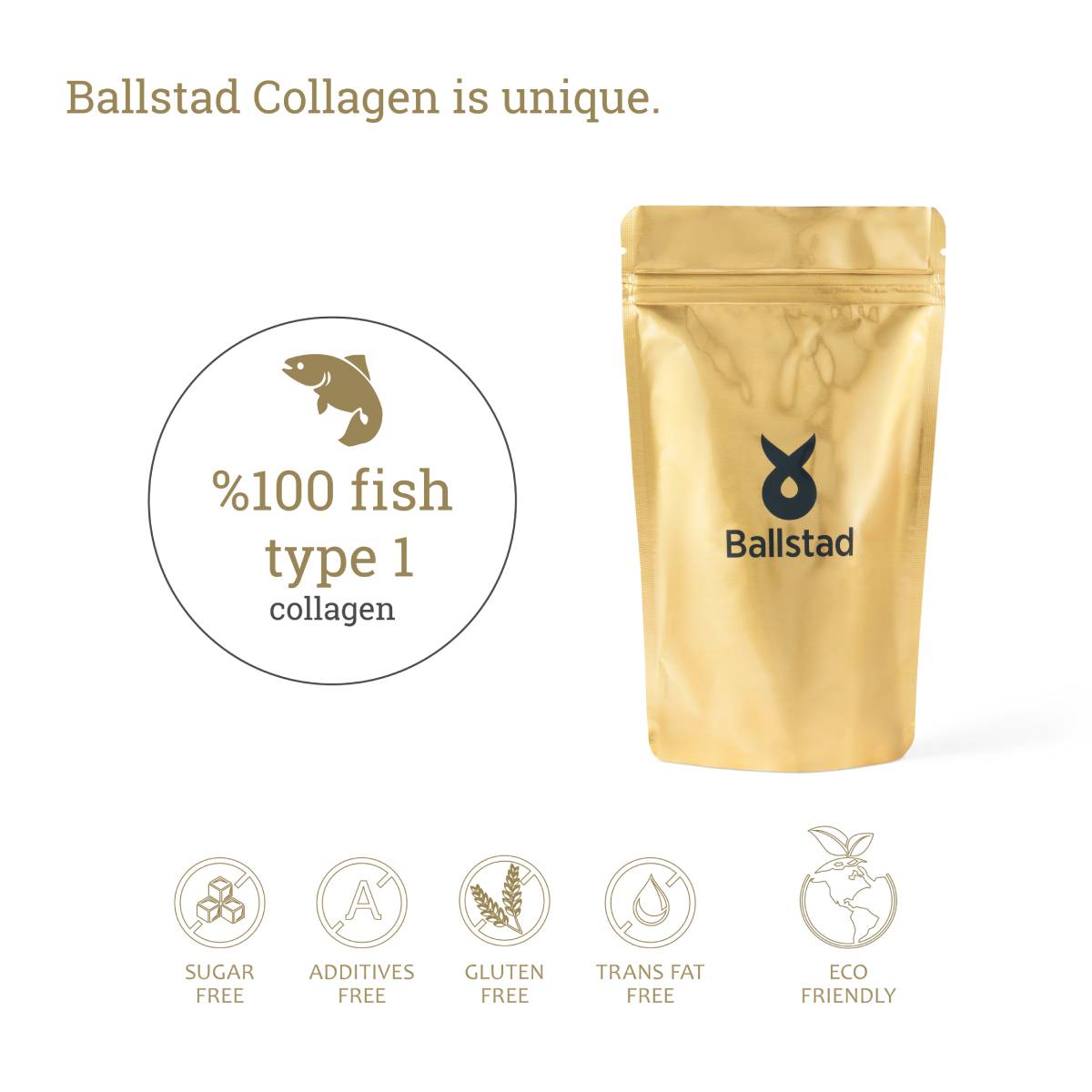
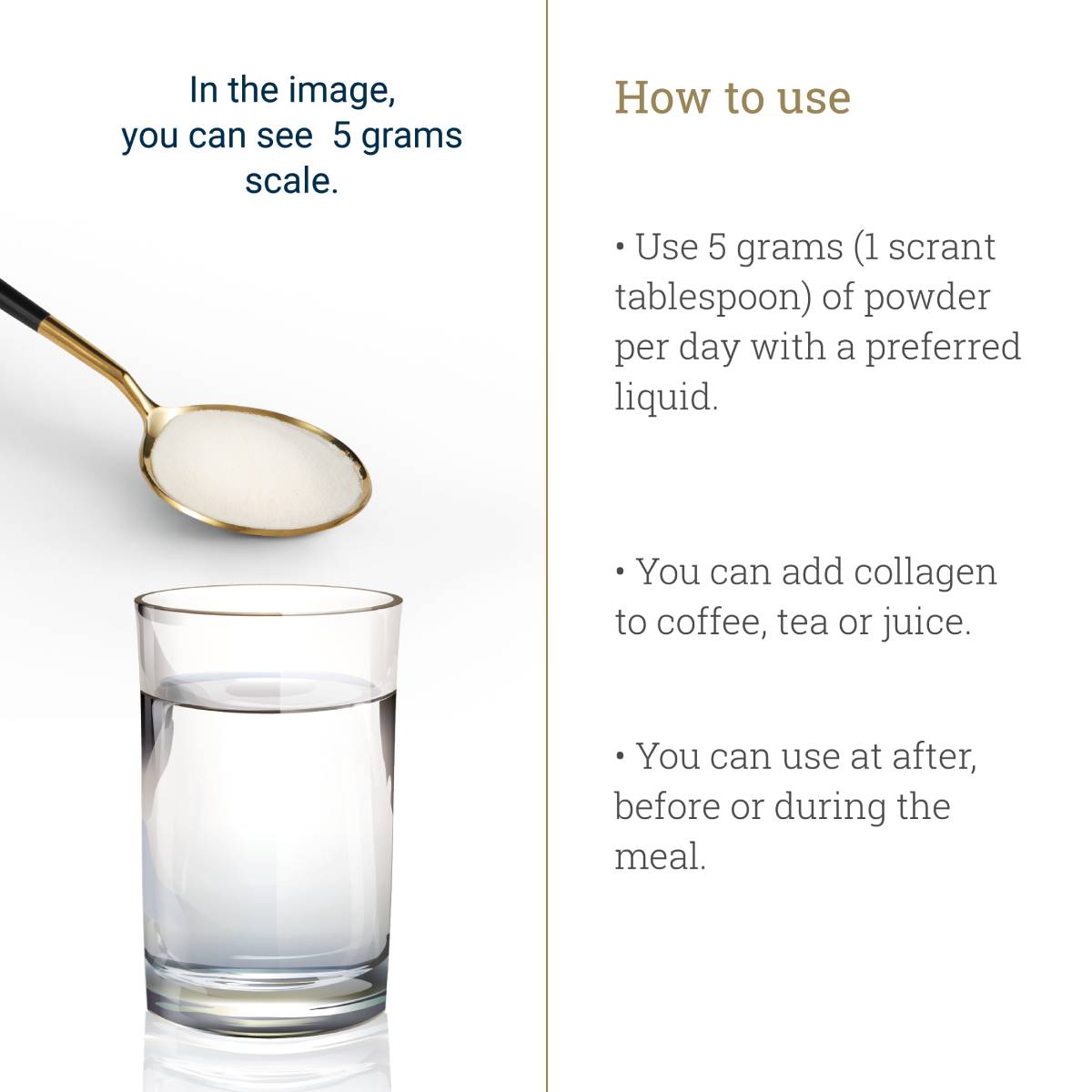


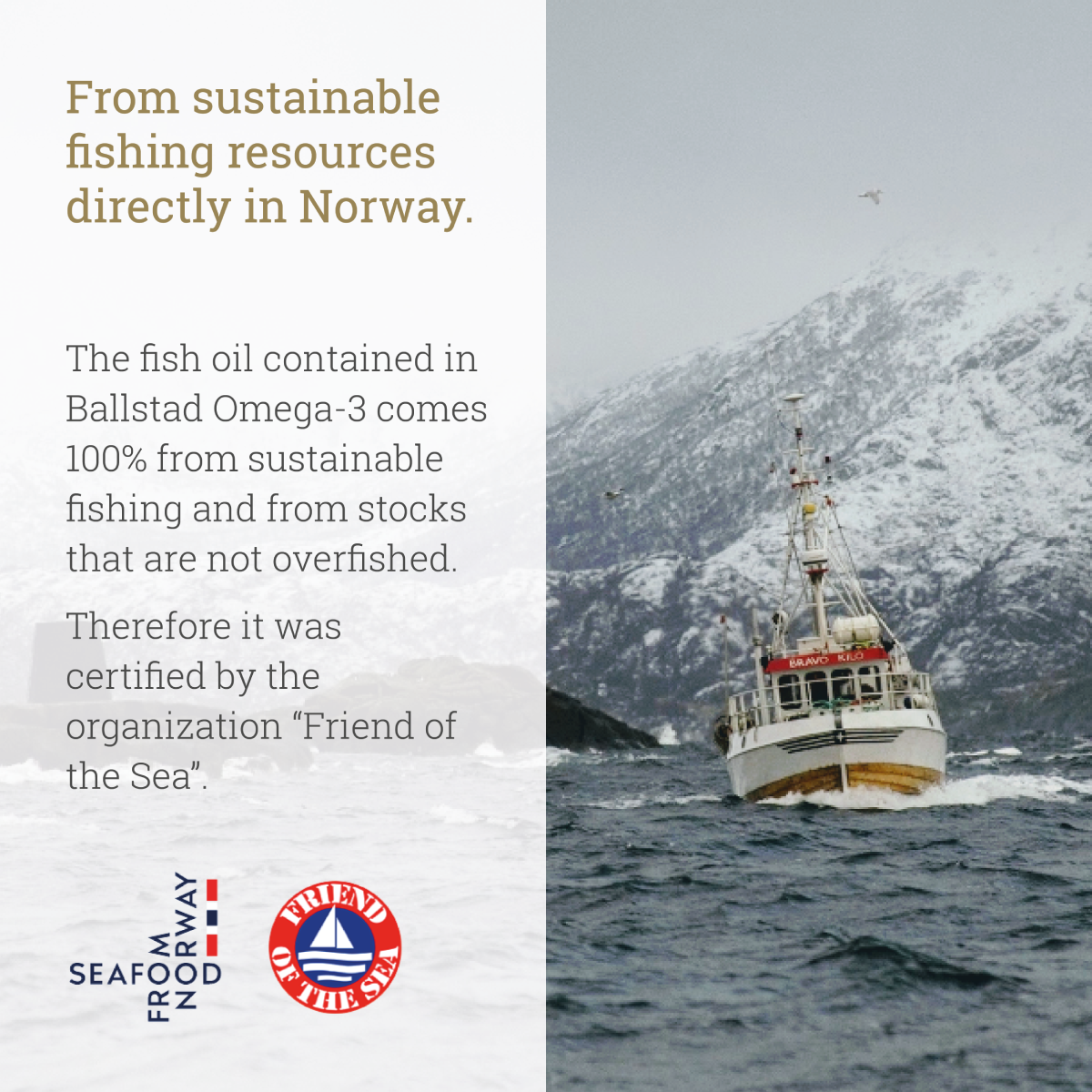

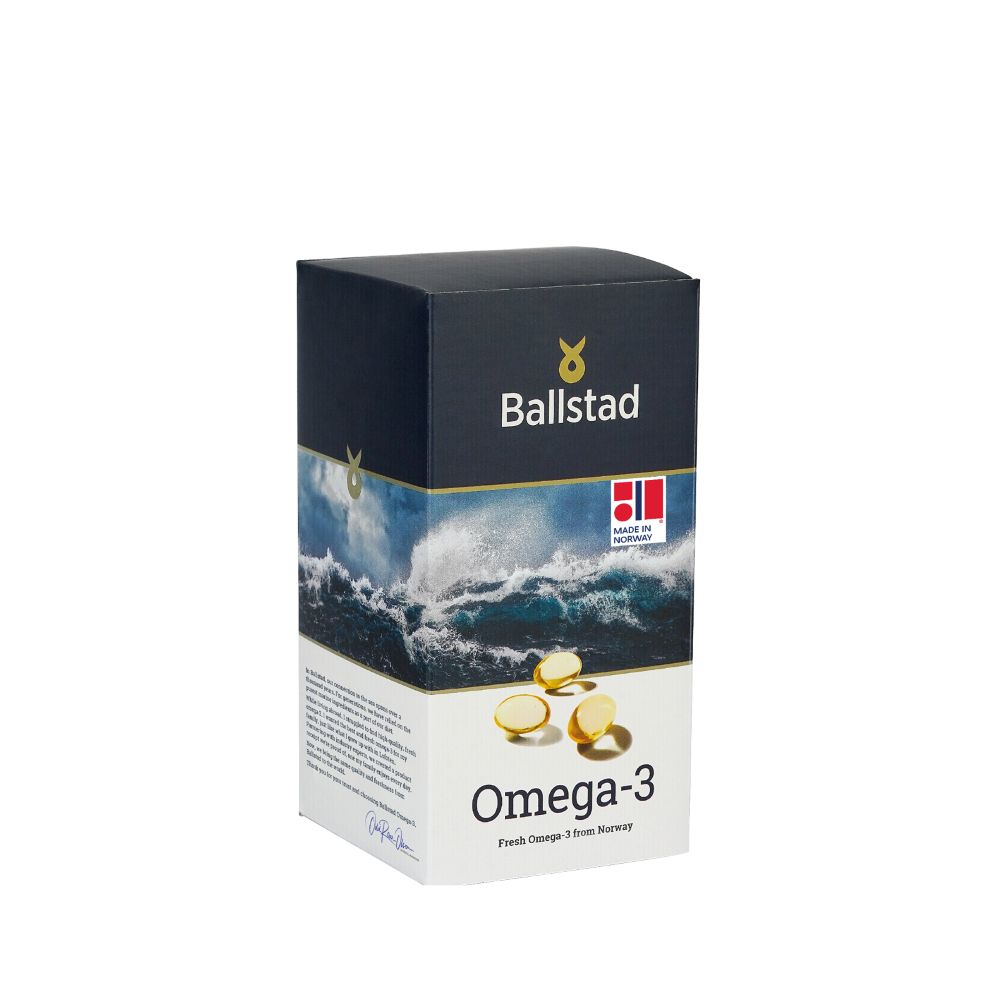
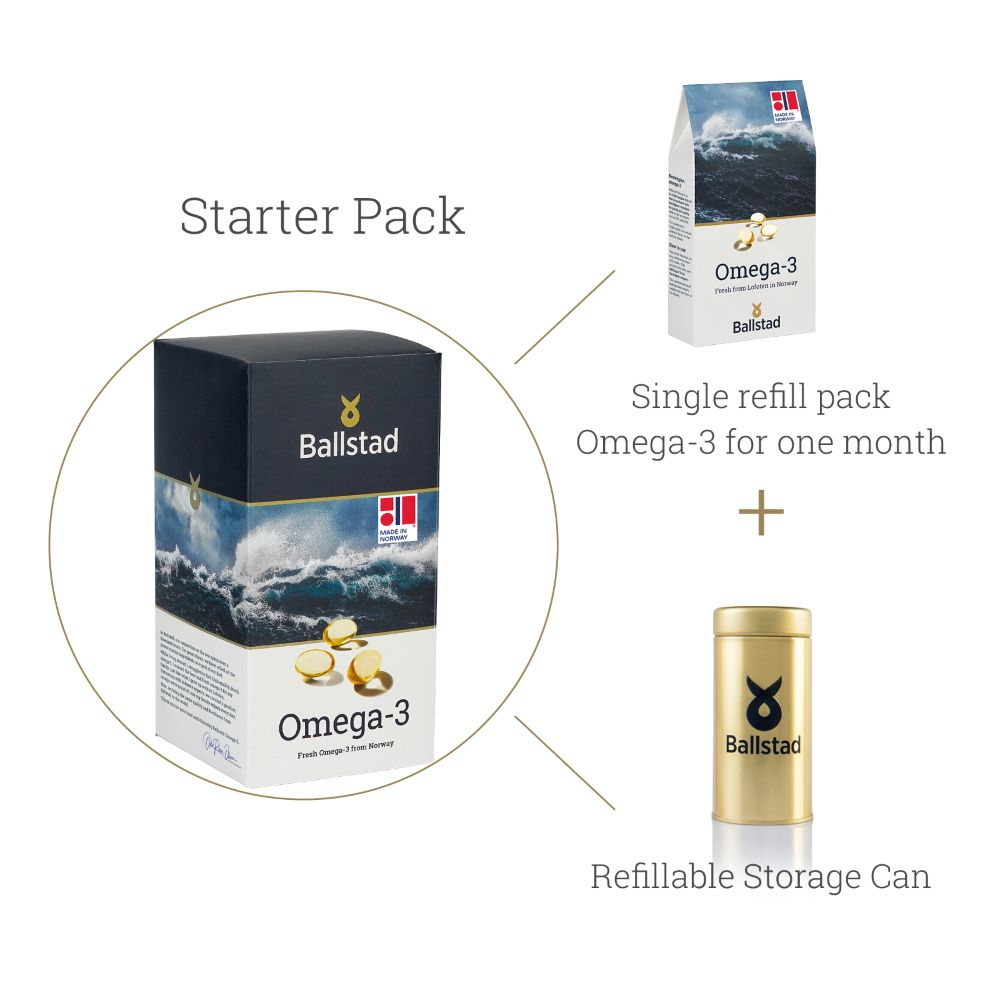
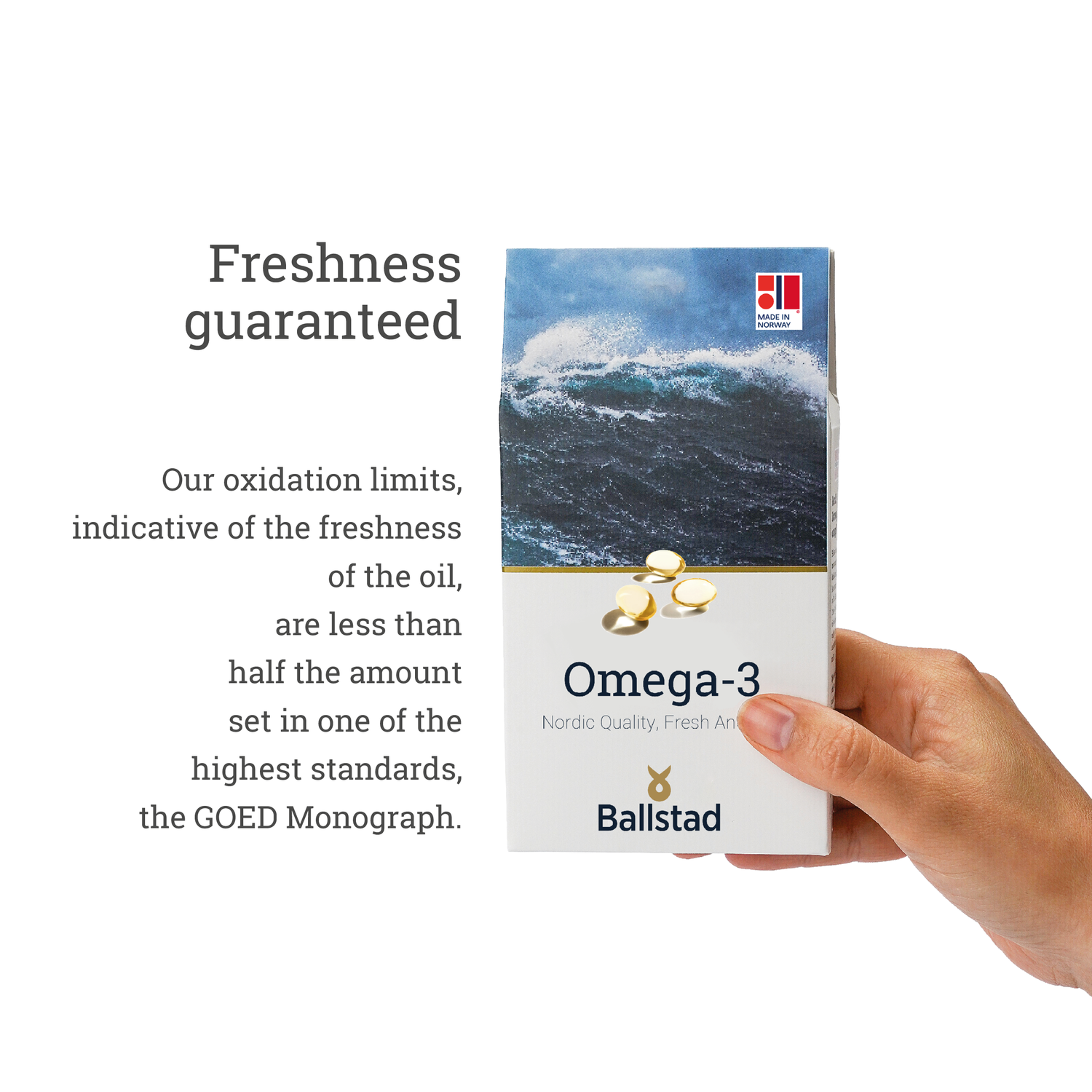
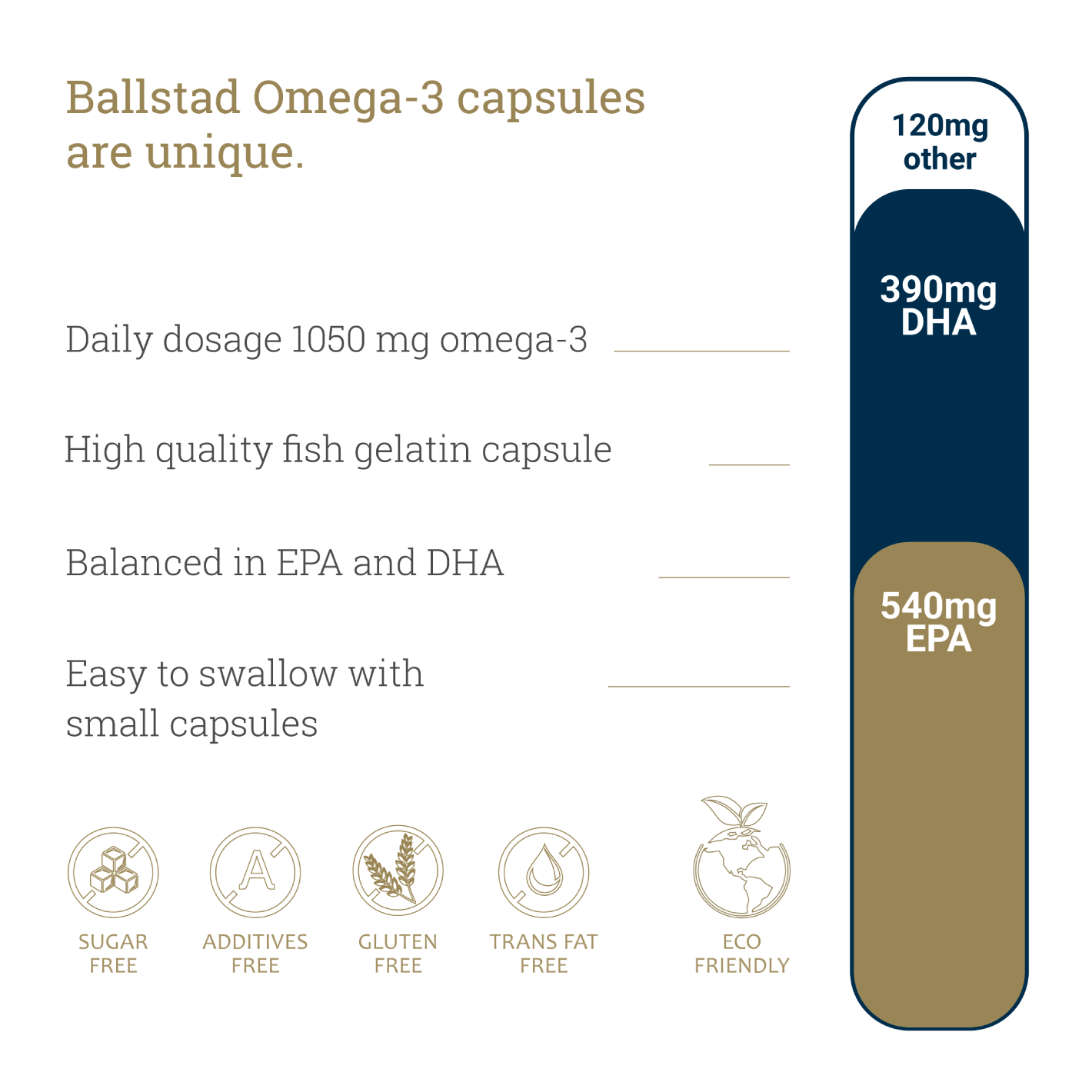
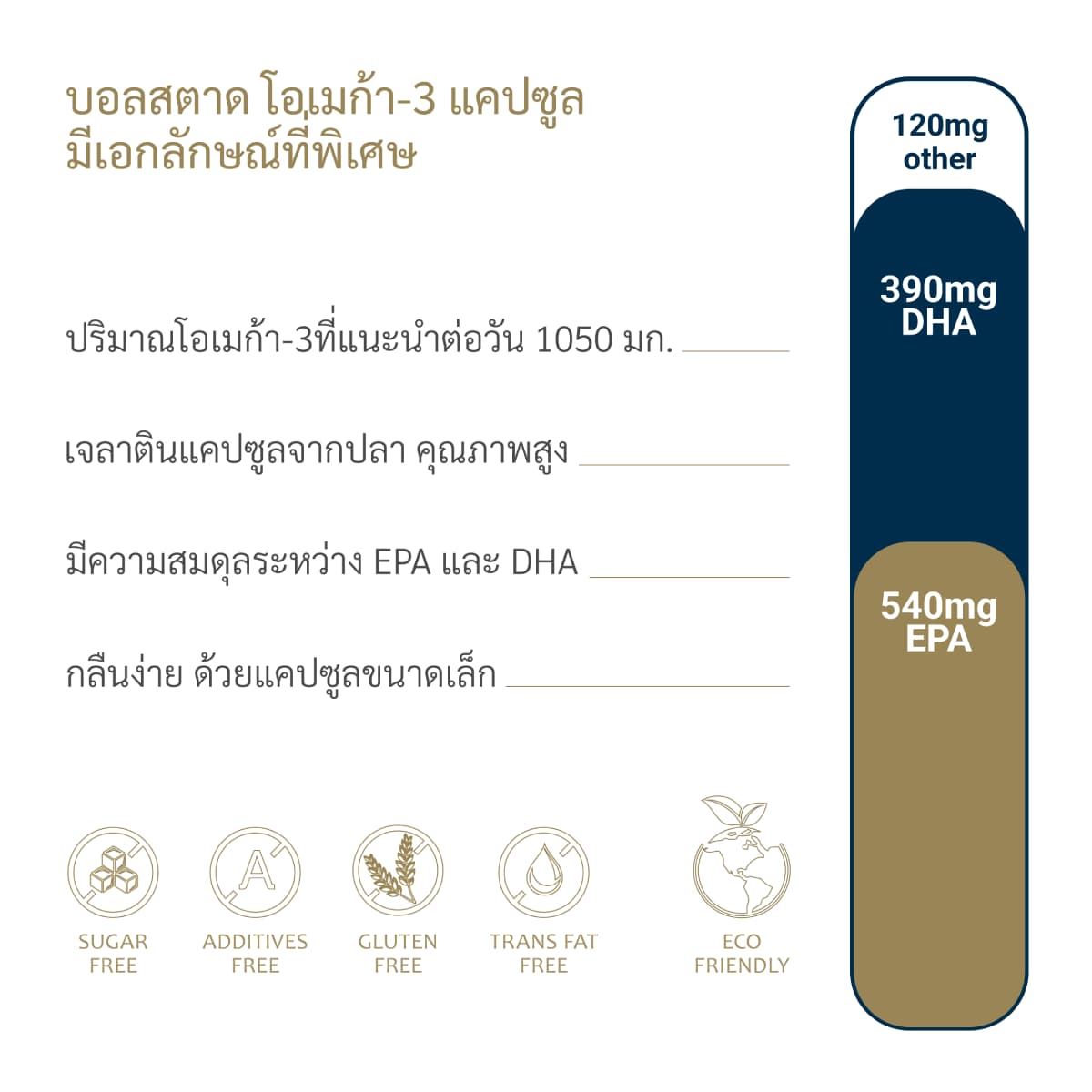
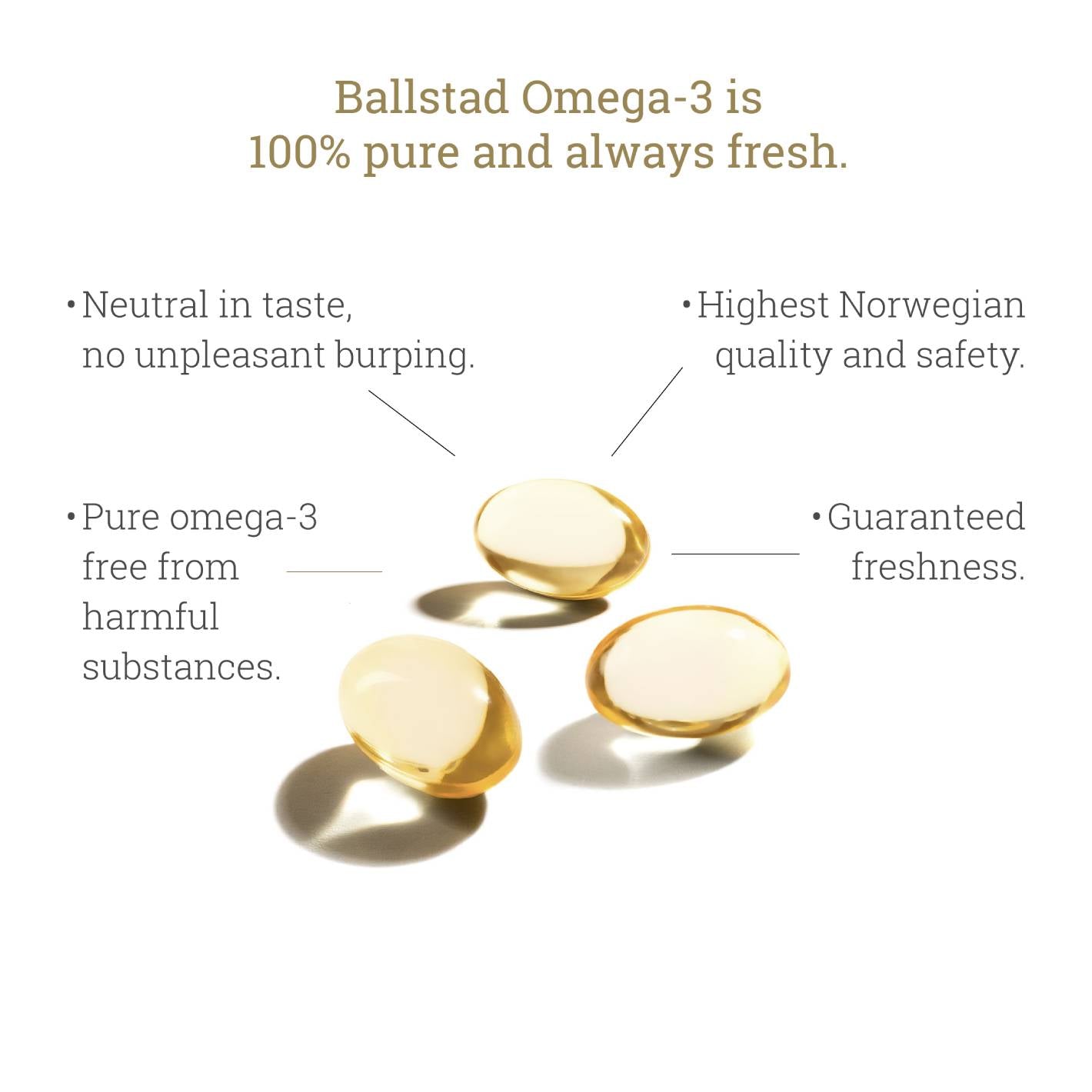
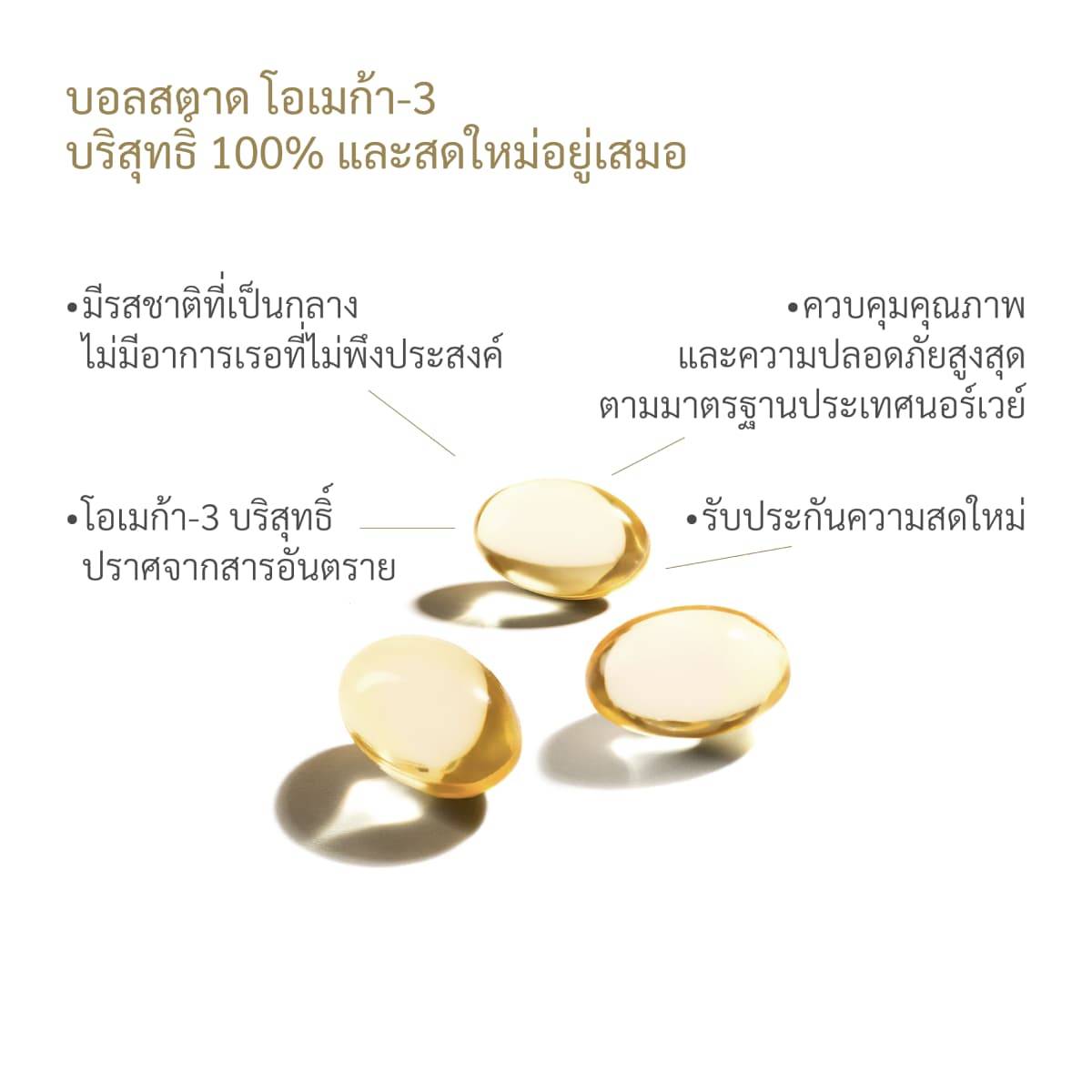
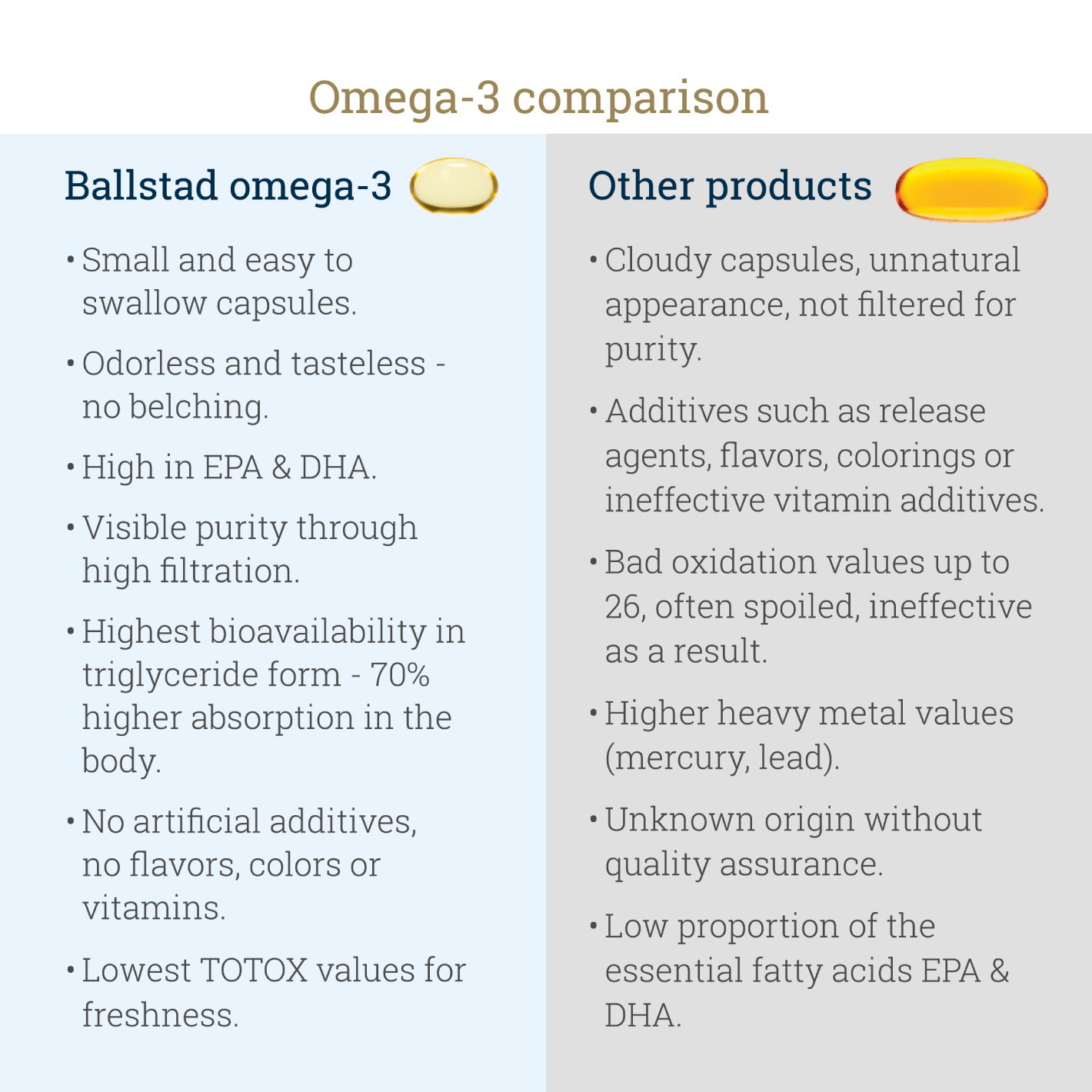
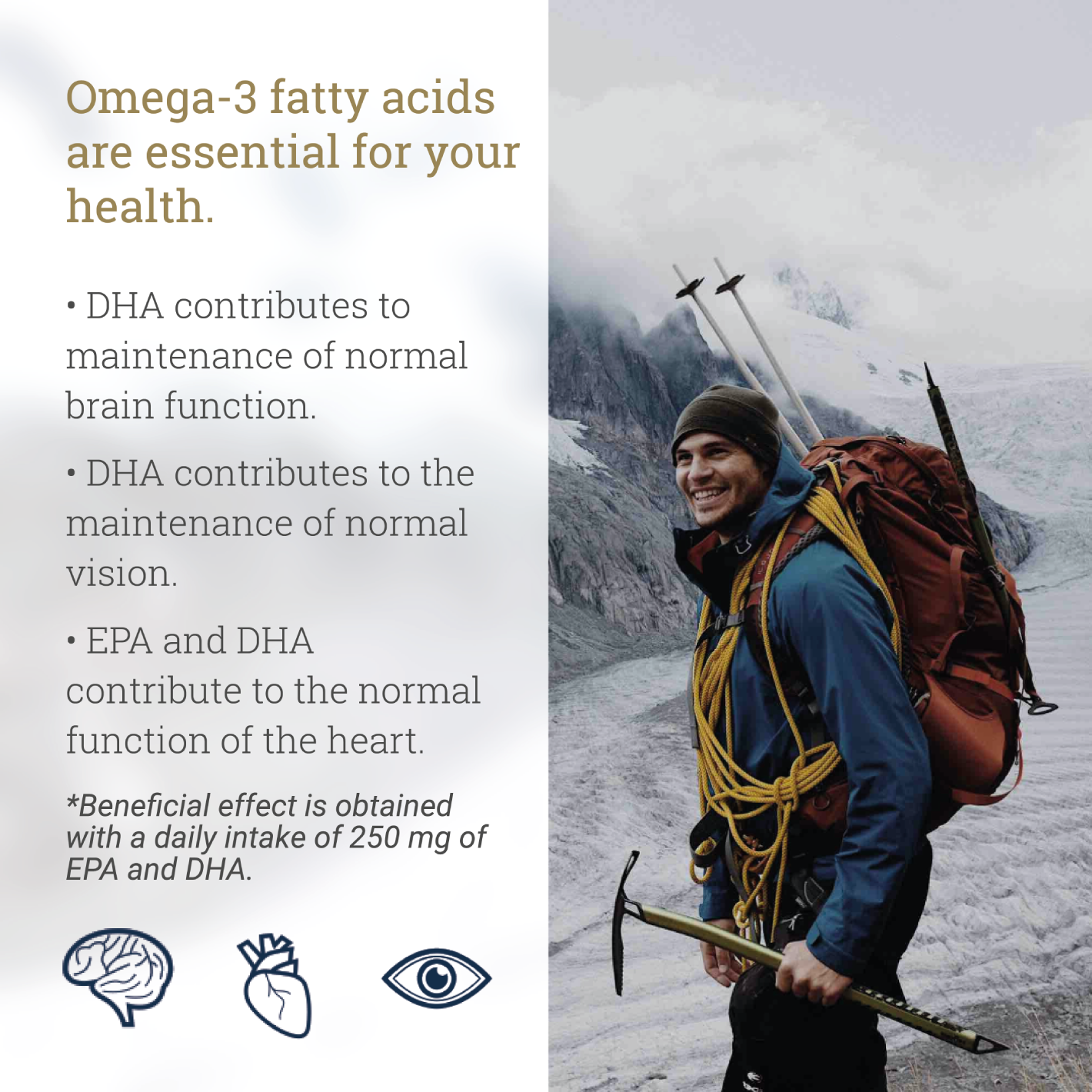







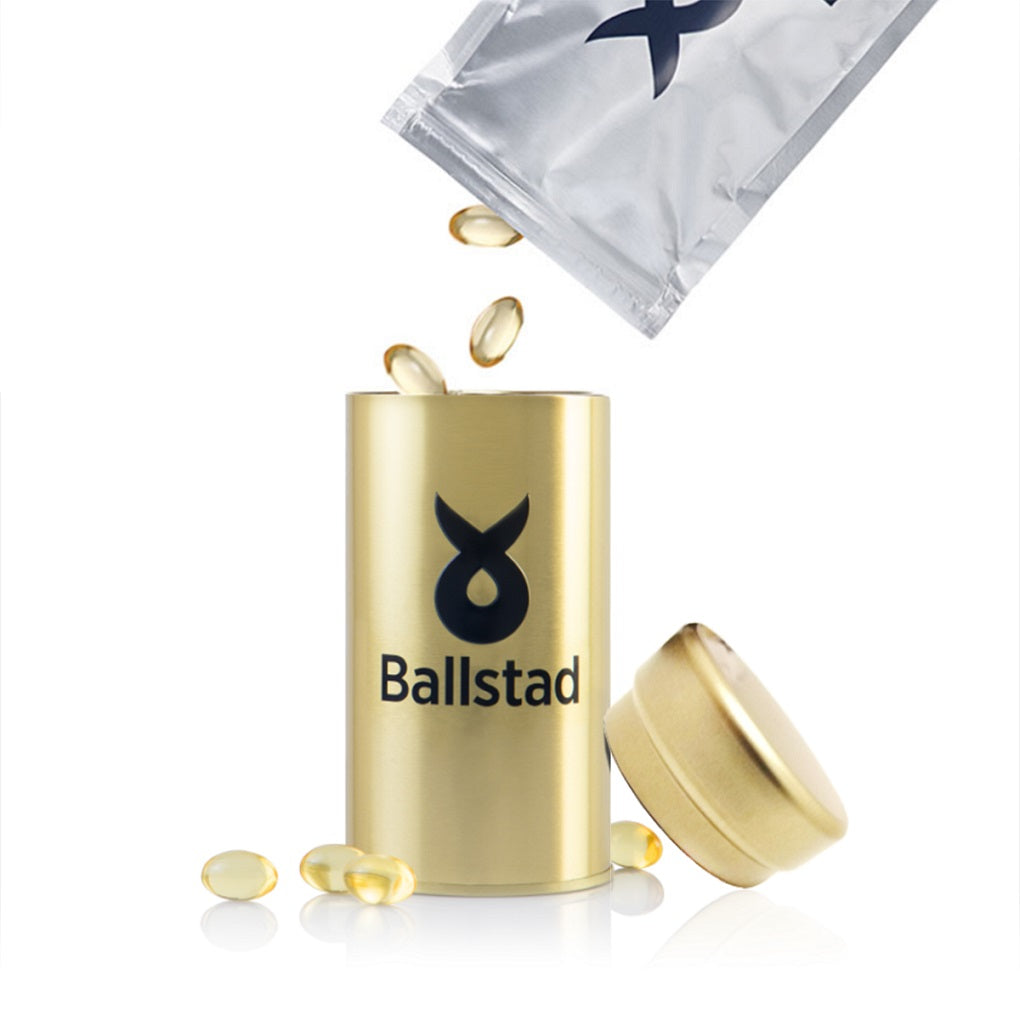
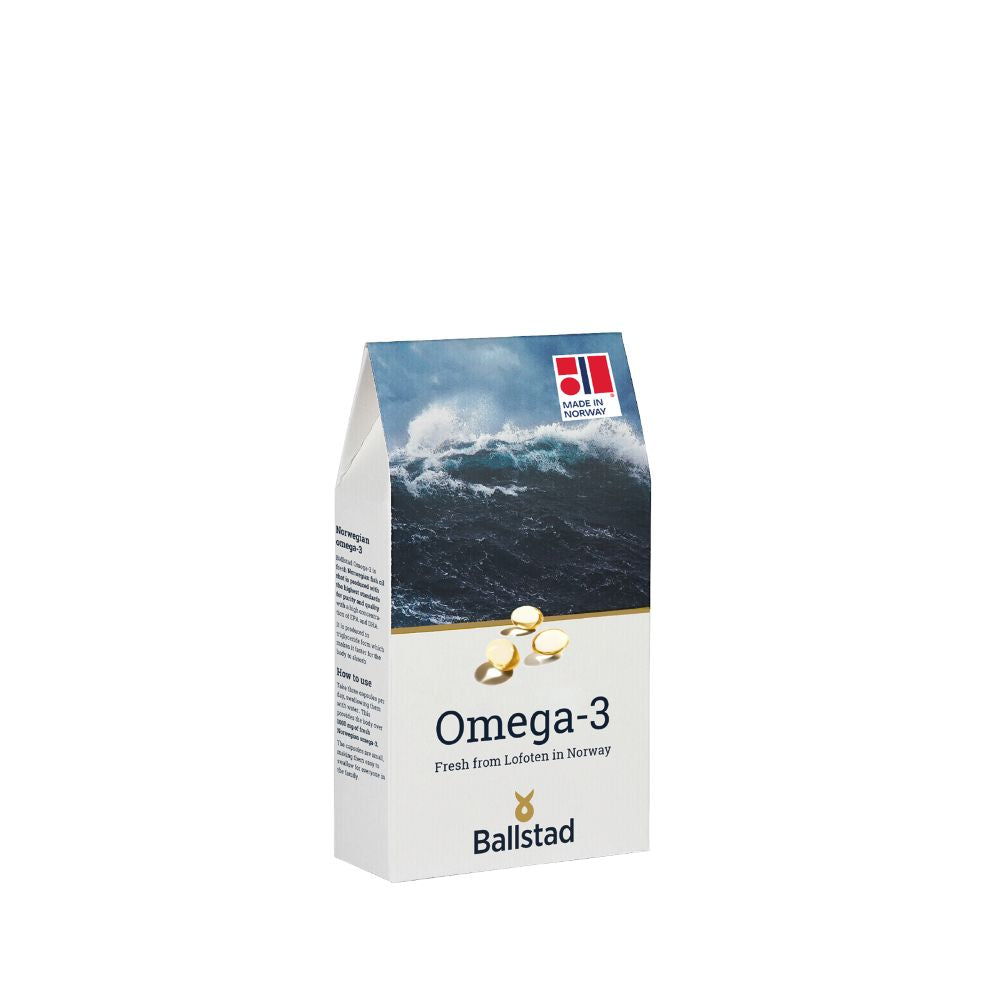
Fresh Norwegian Omega-3 Supplement - 1 Month
- Regular price
-
1,499.00 ฿ - Regular price
-
- Sale price
-
1,499.00 ฿
Share with your friends
